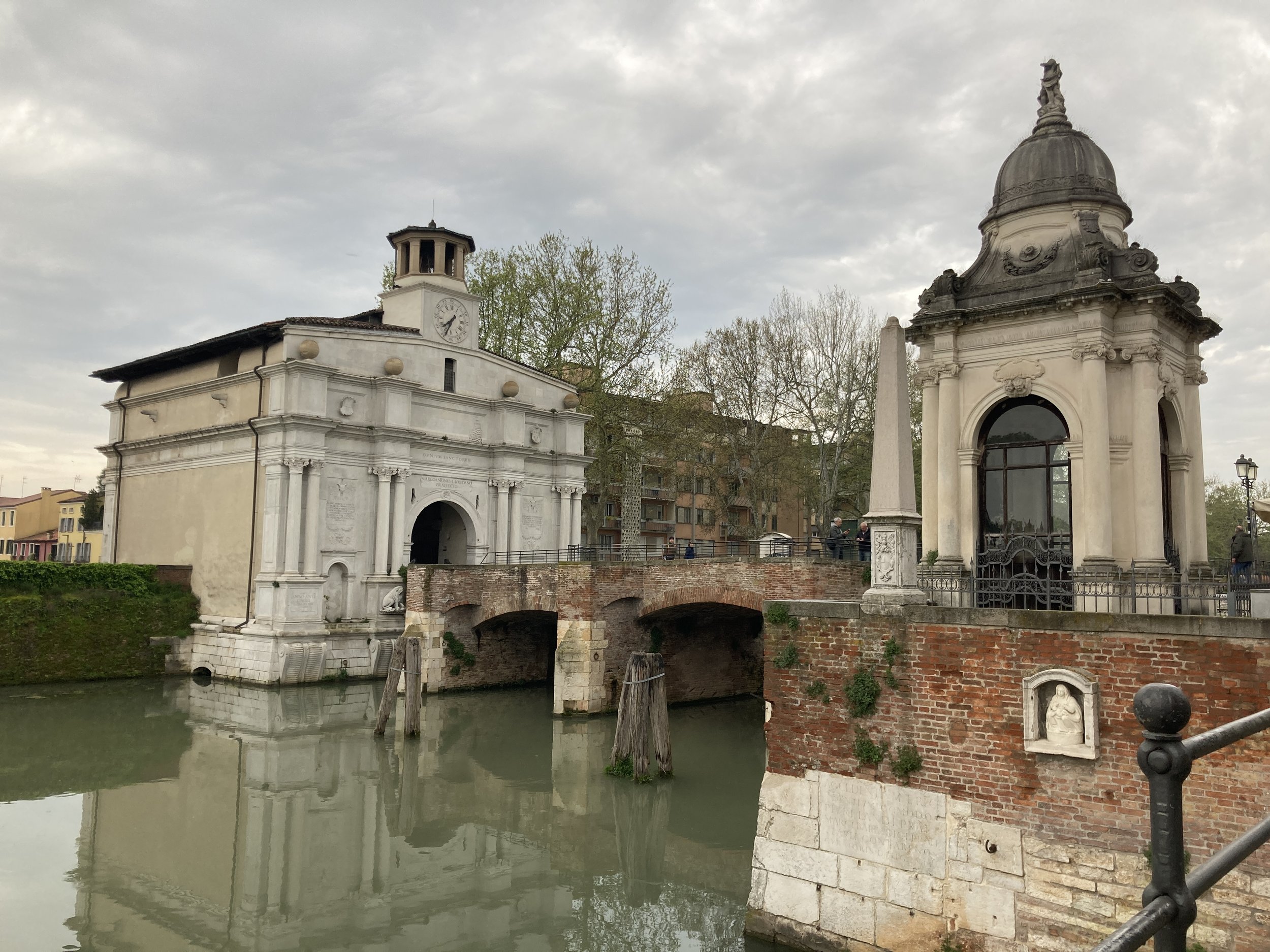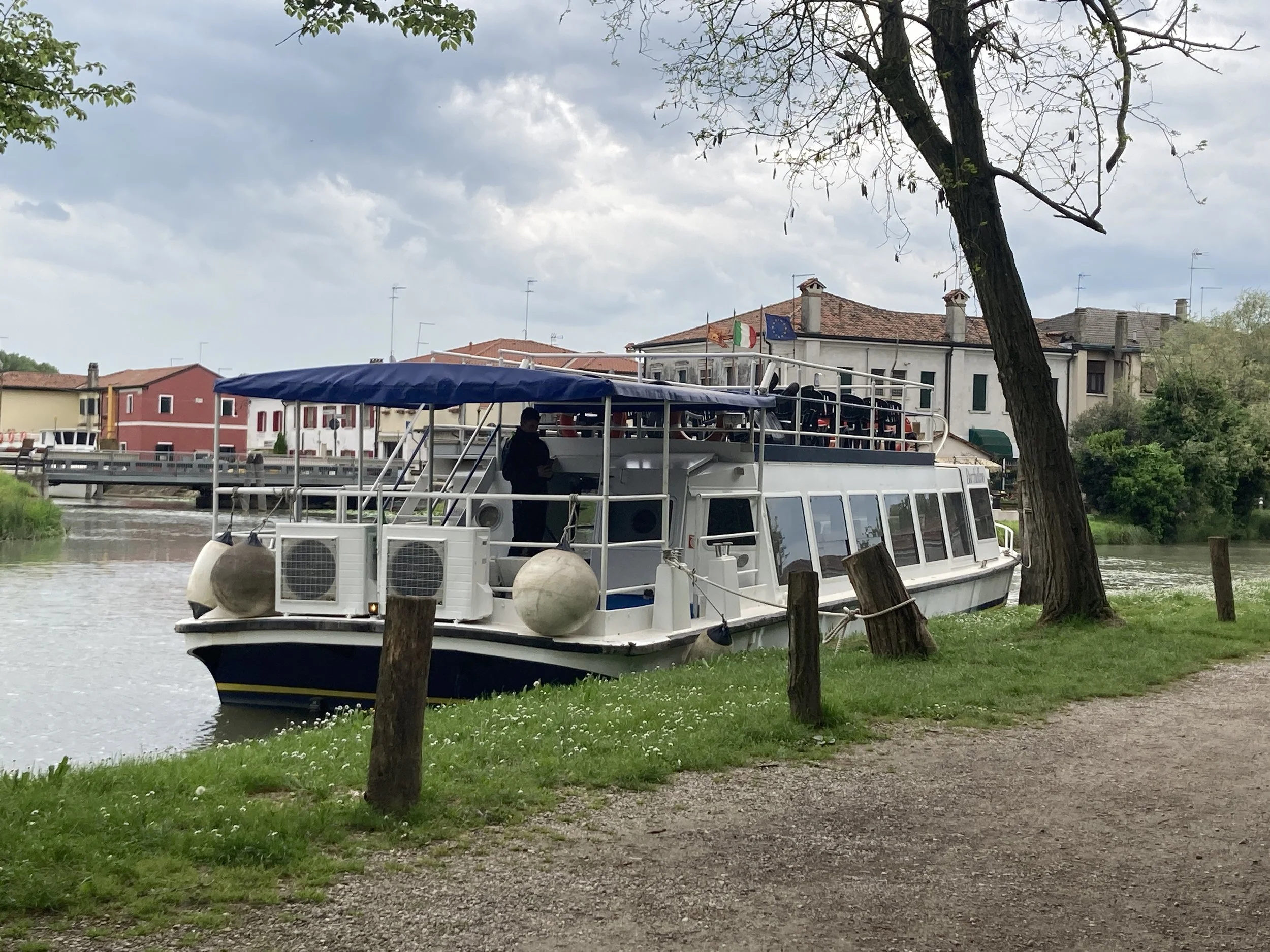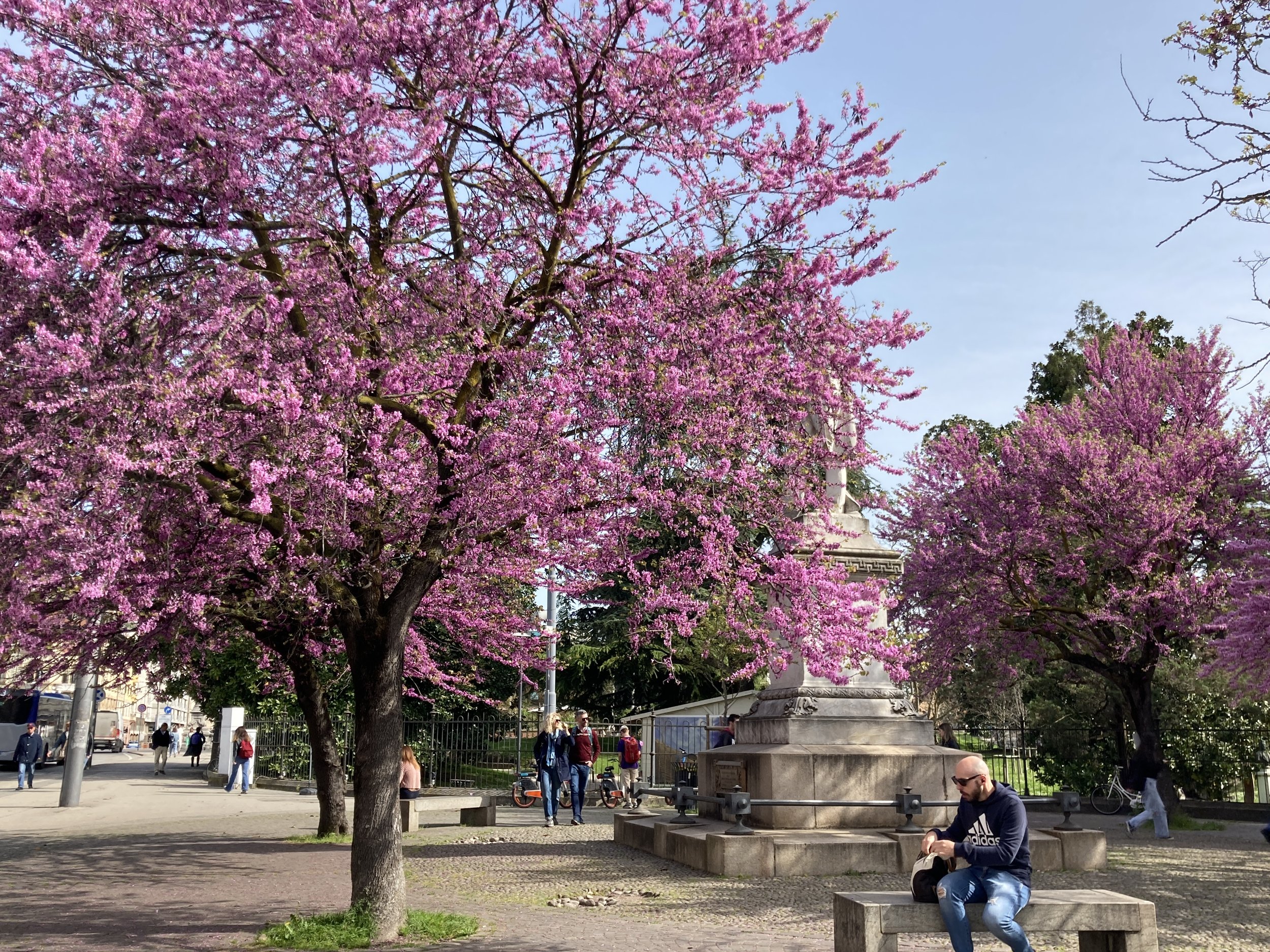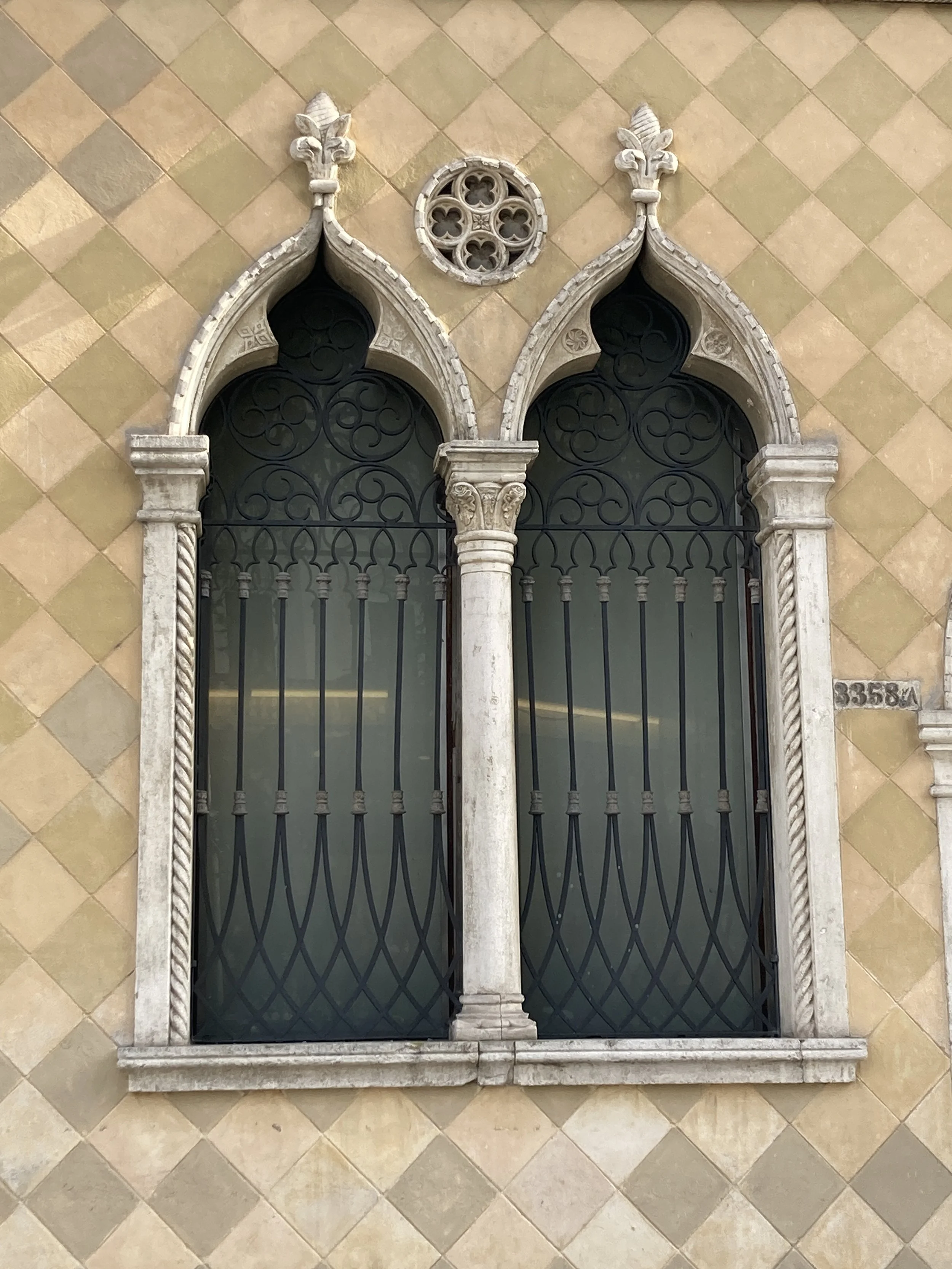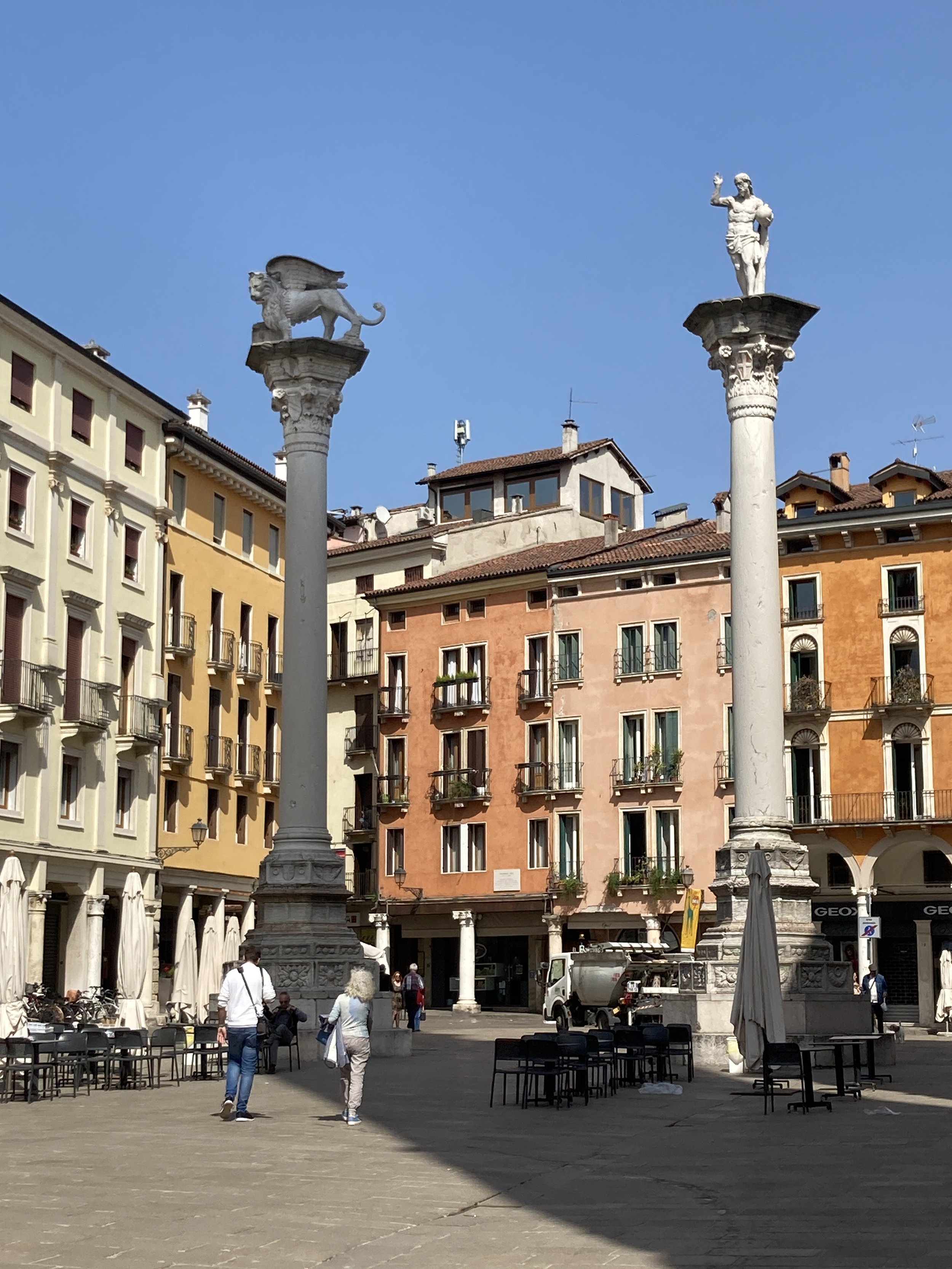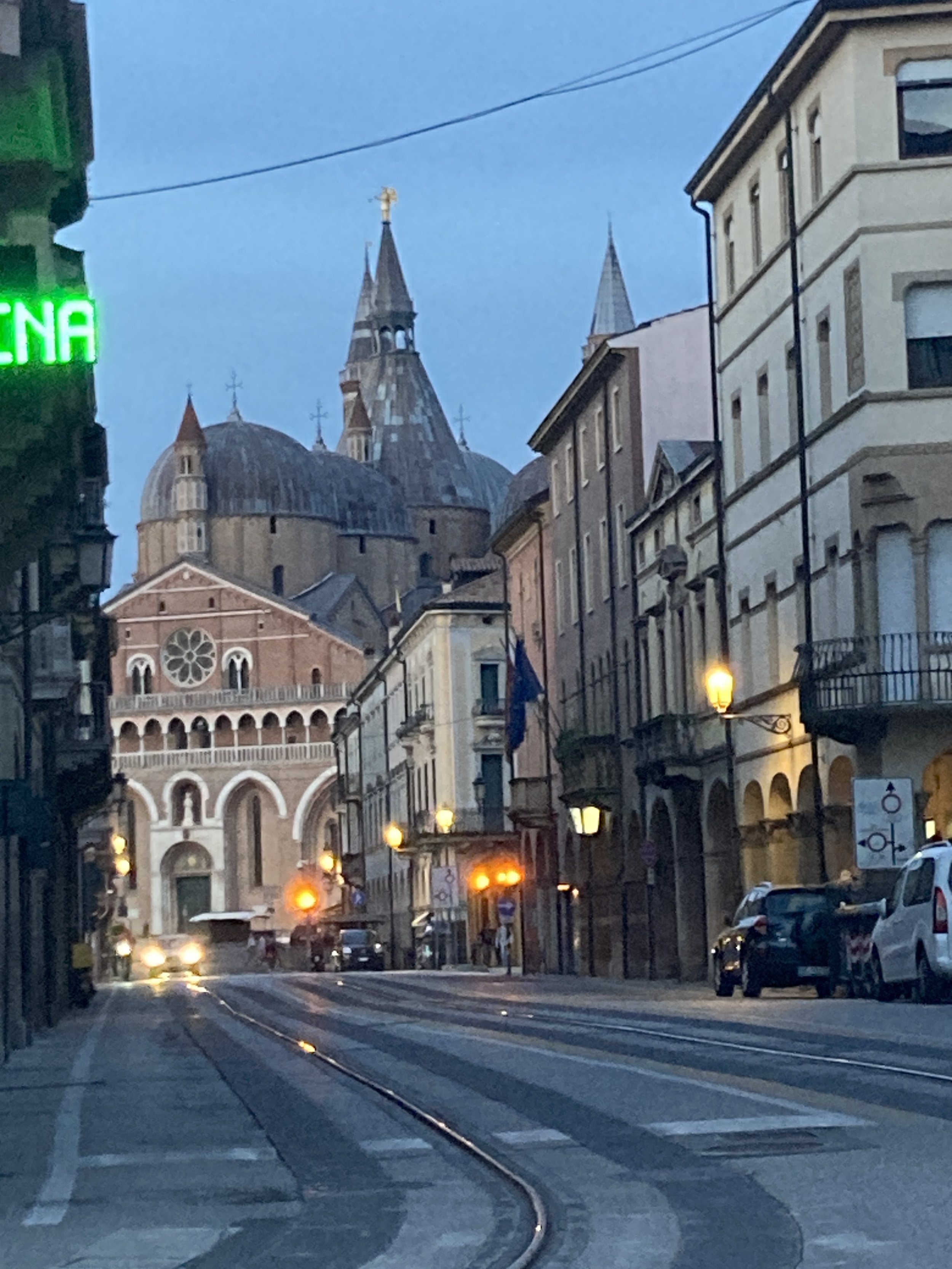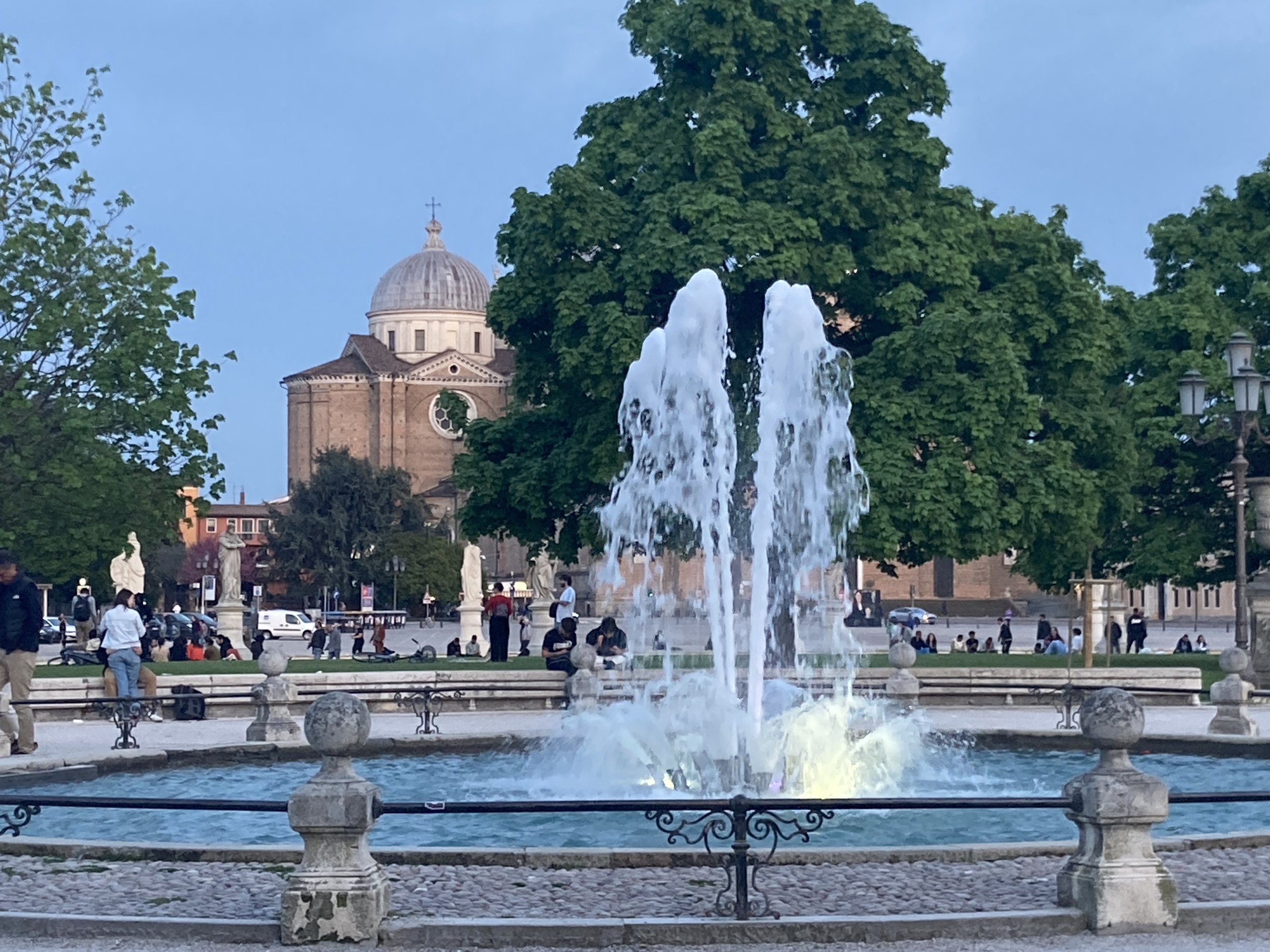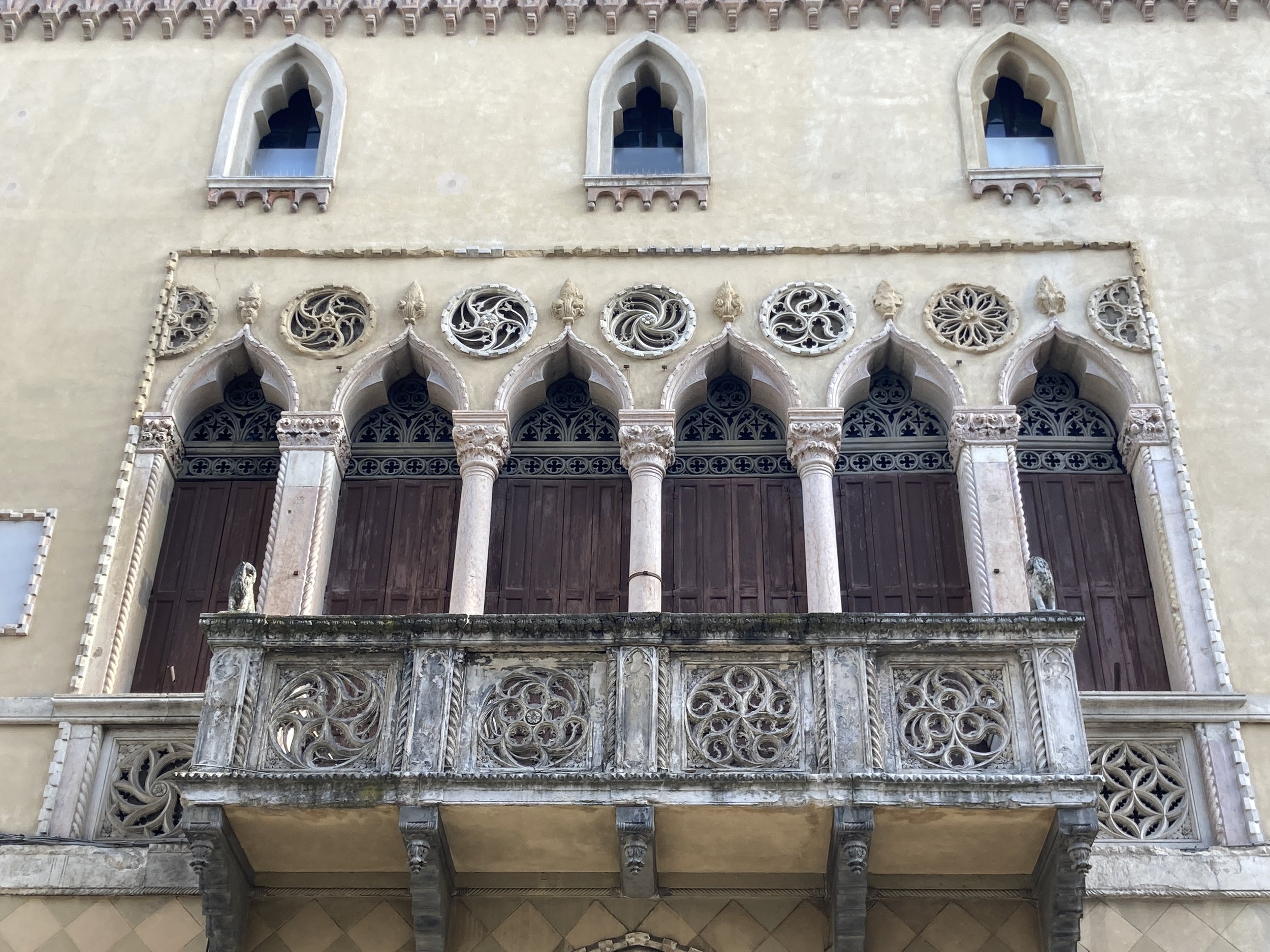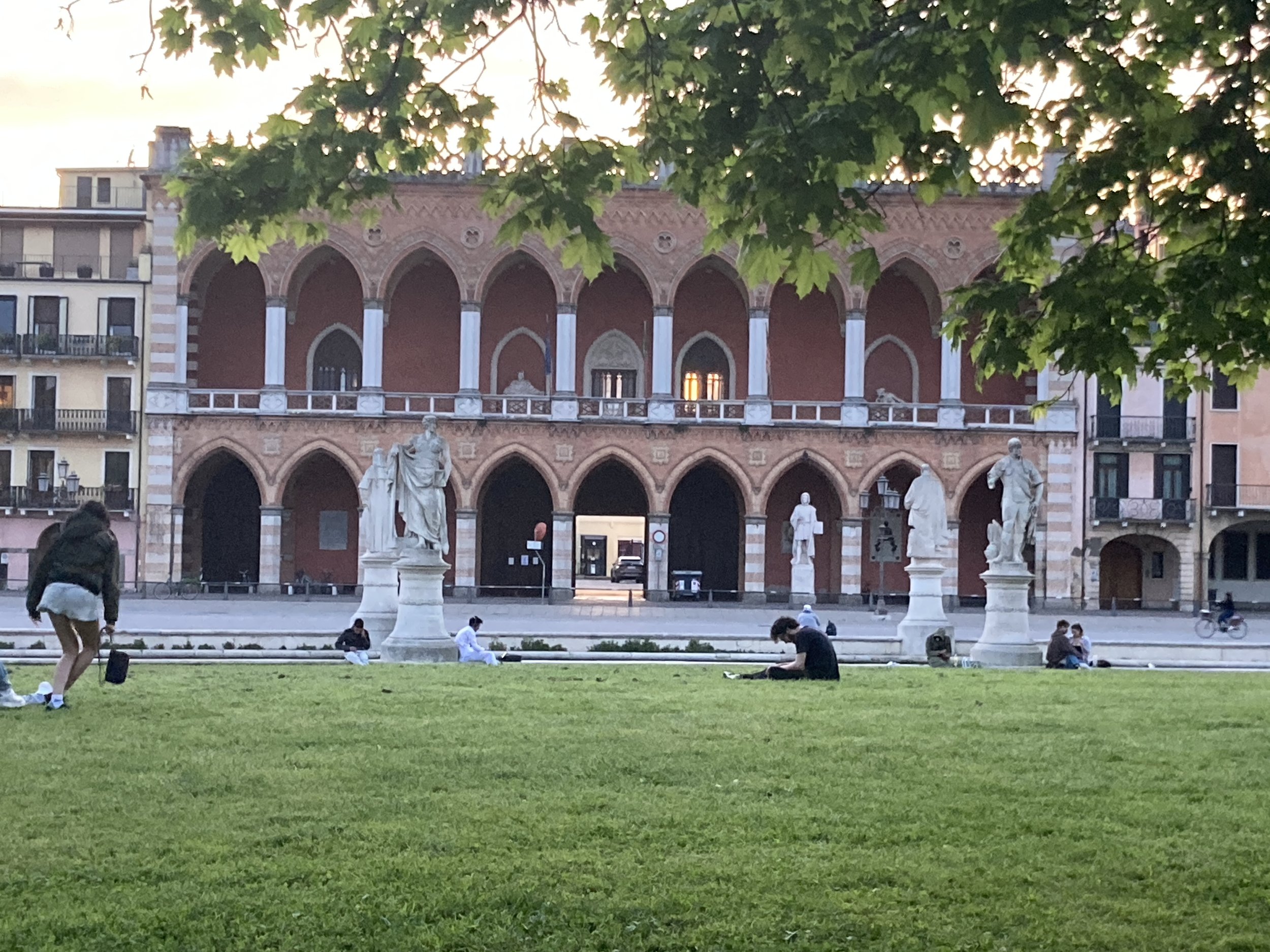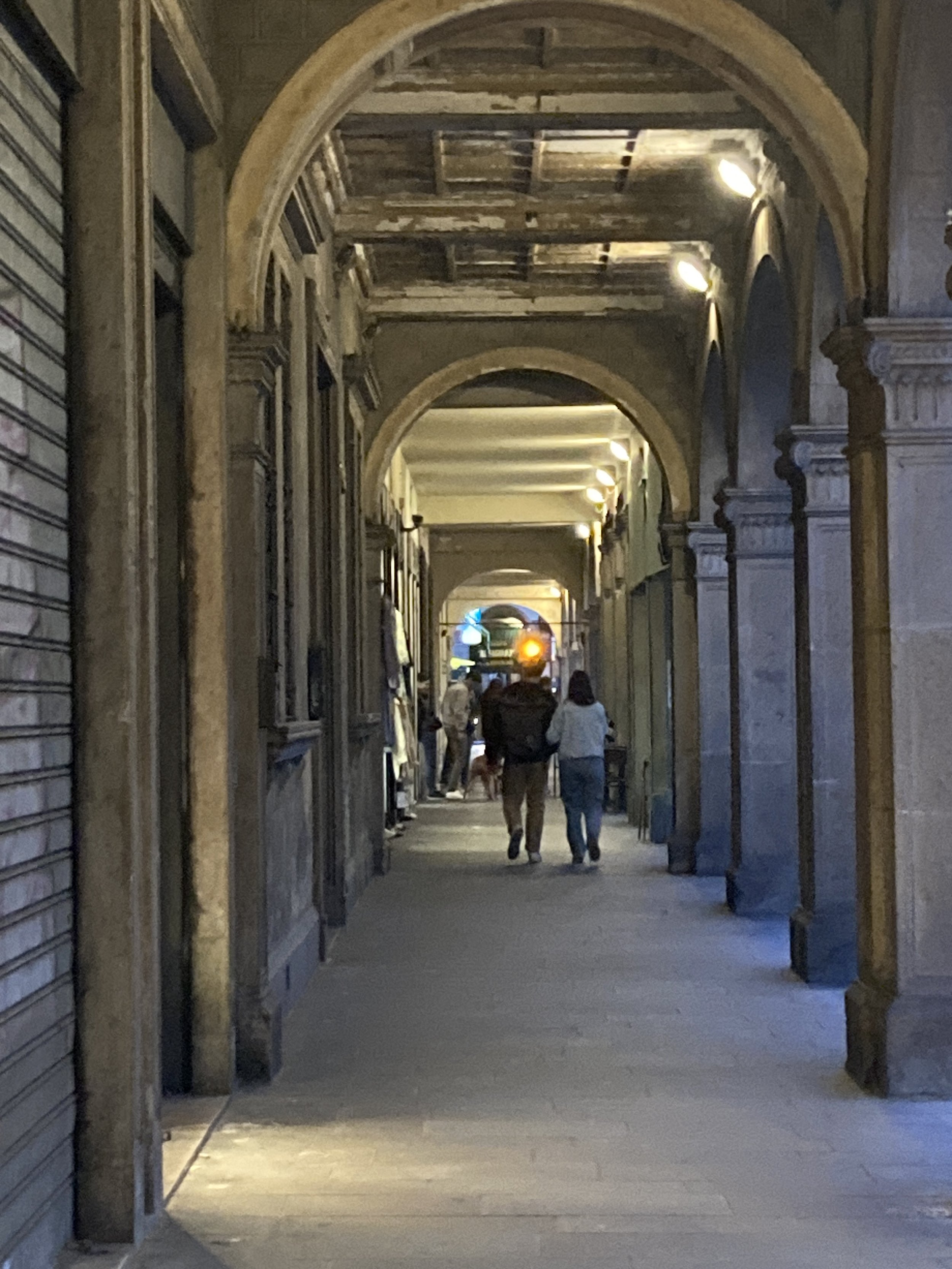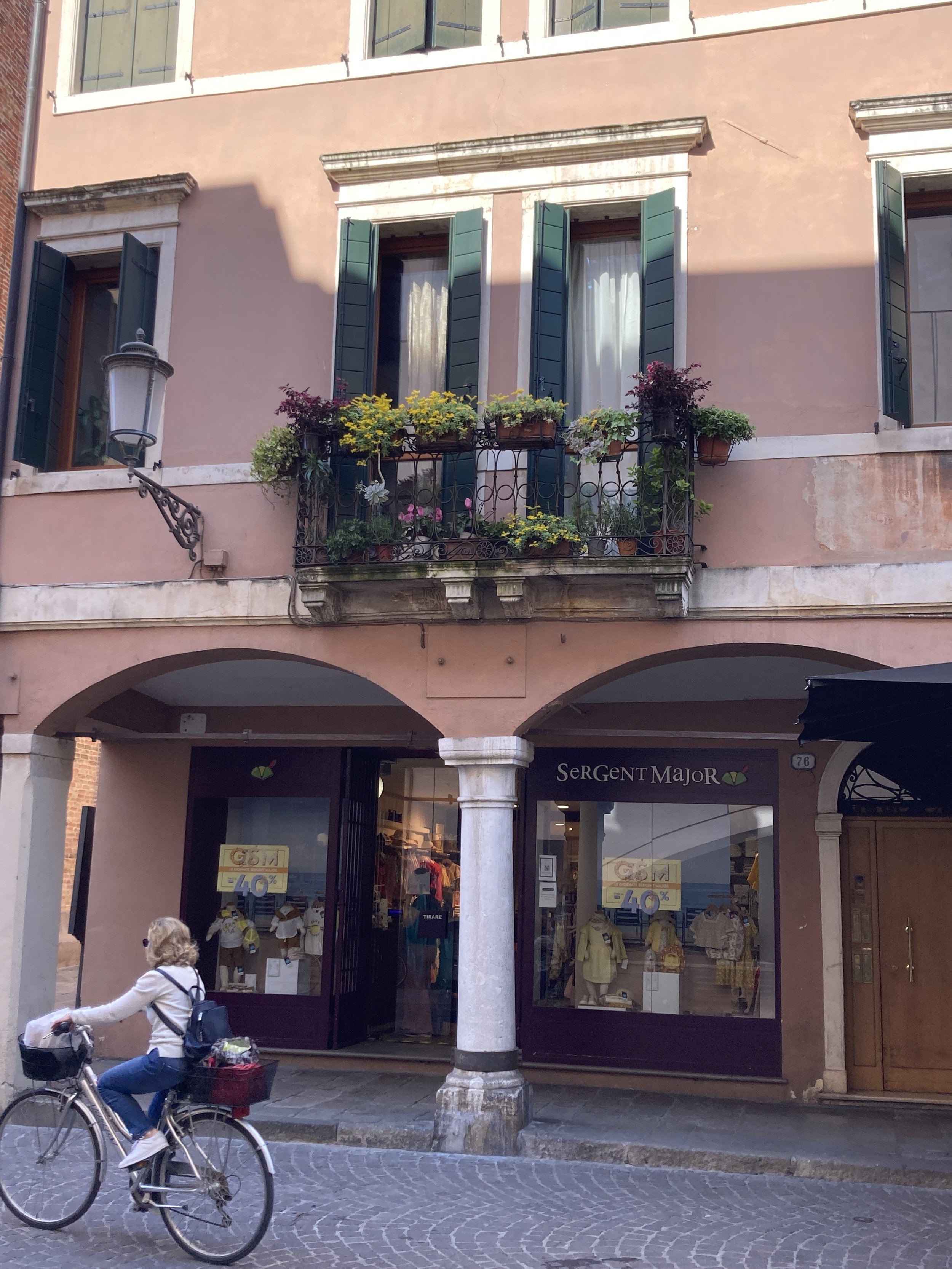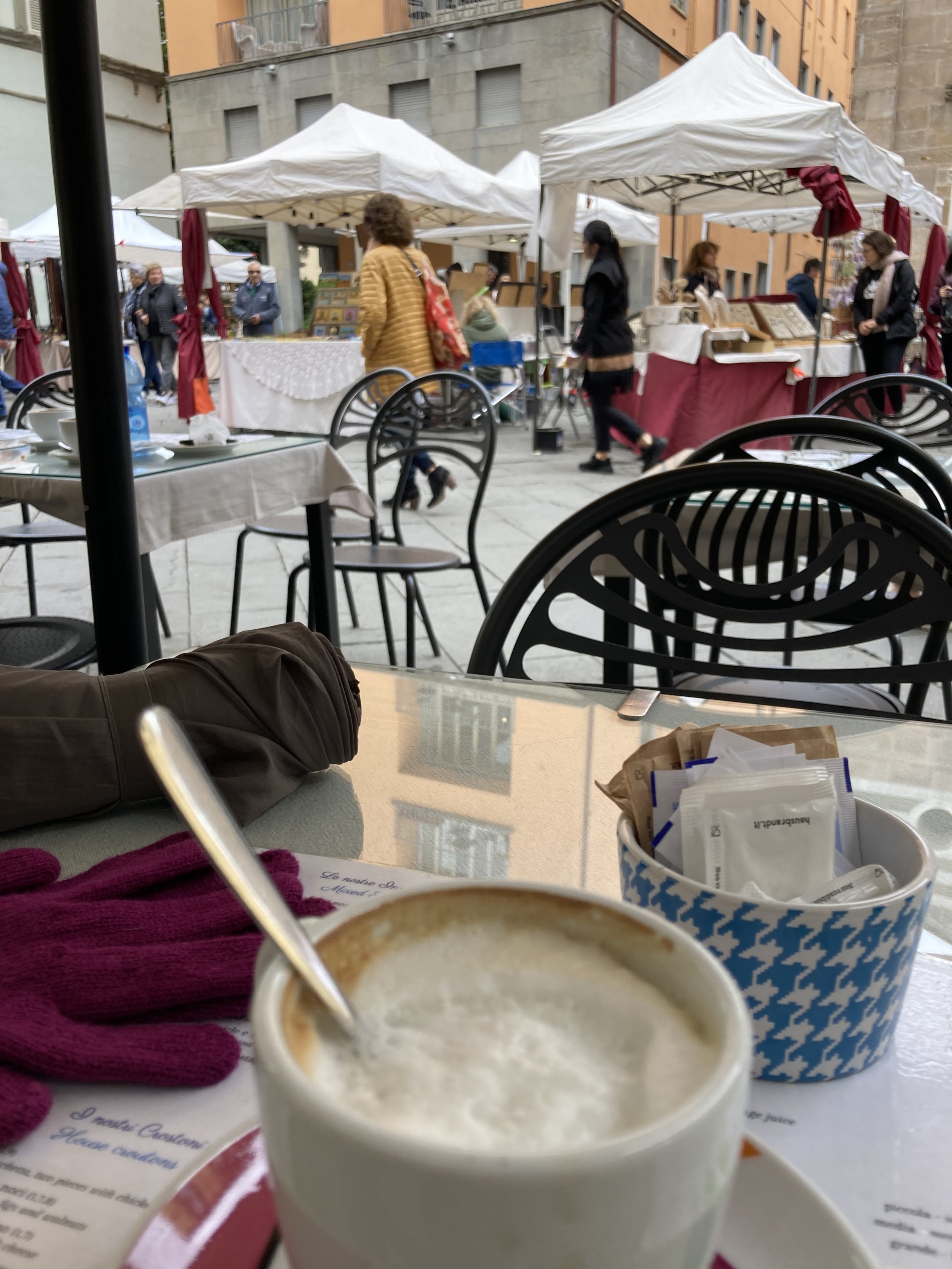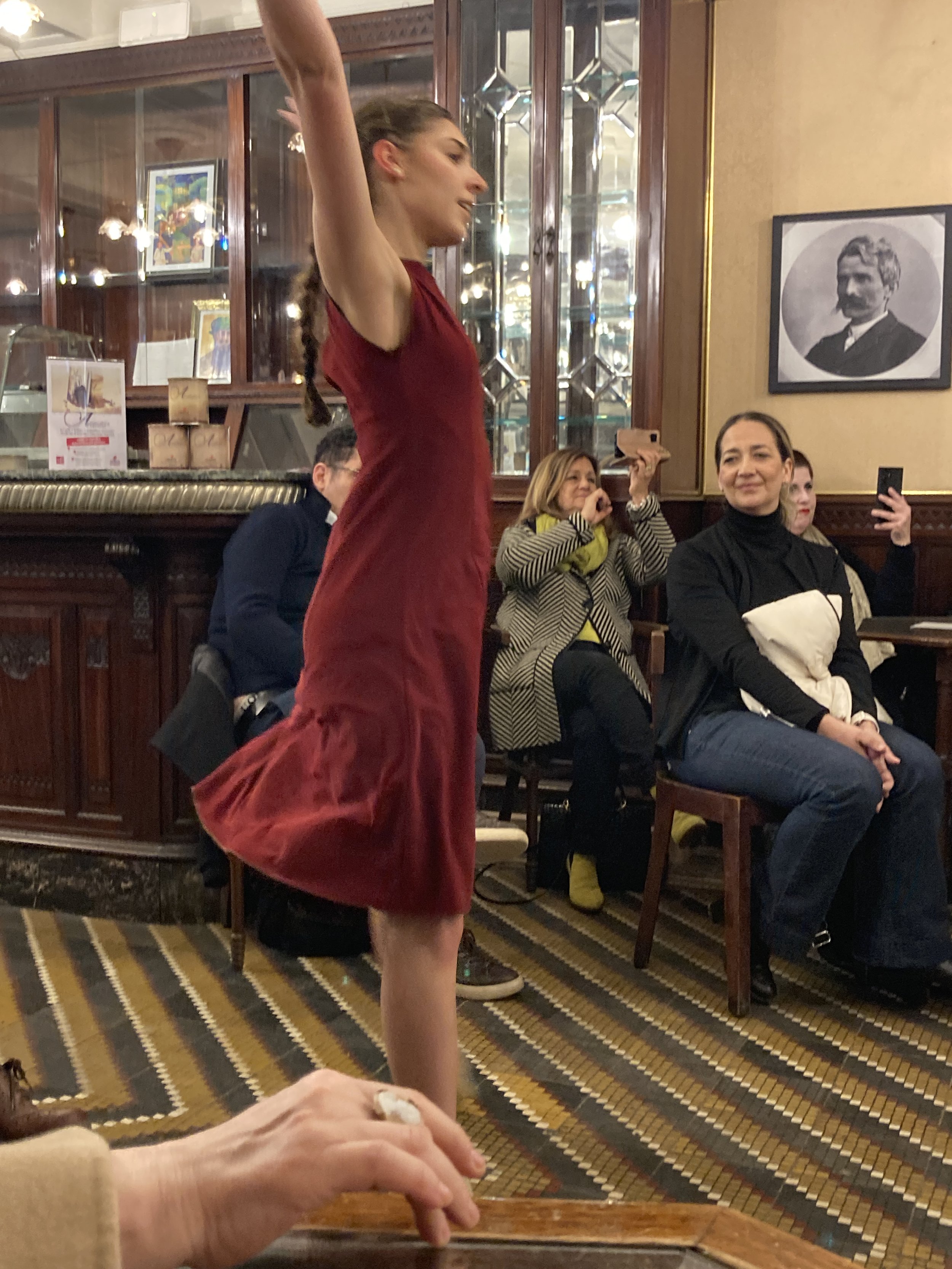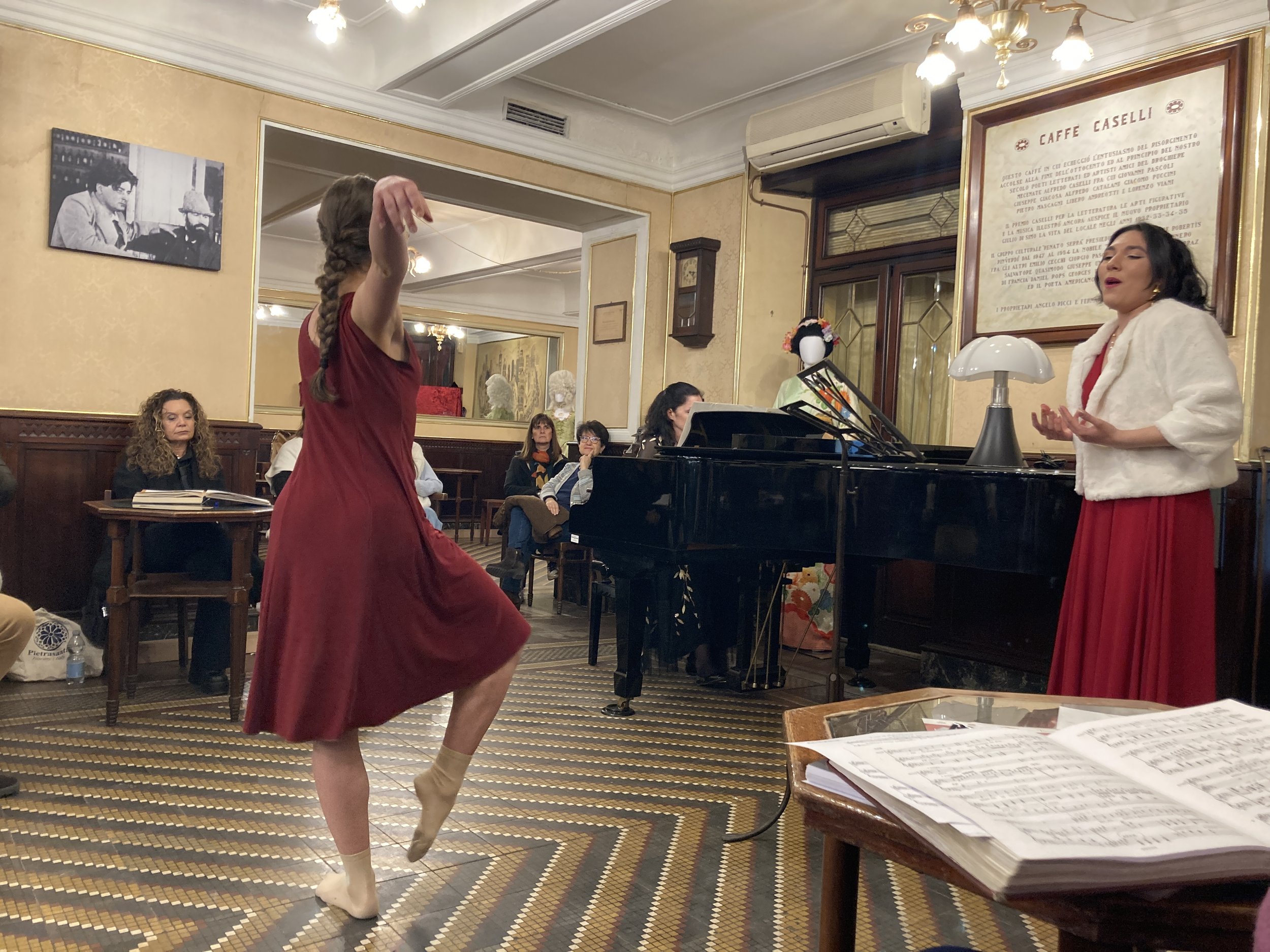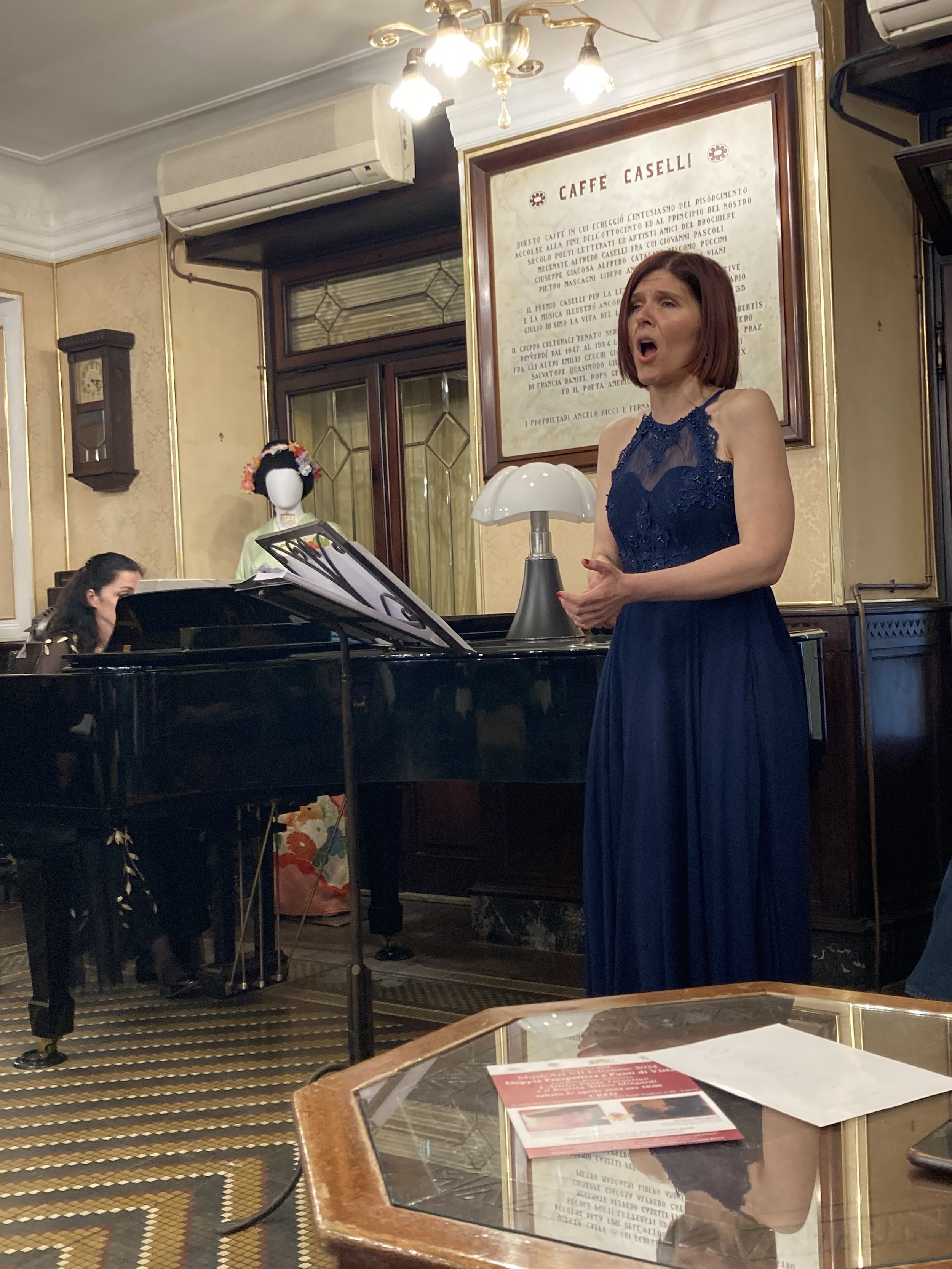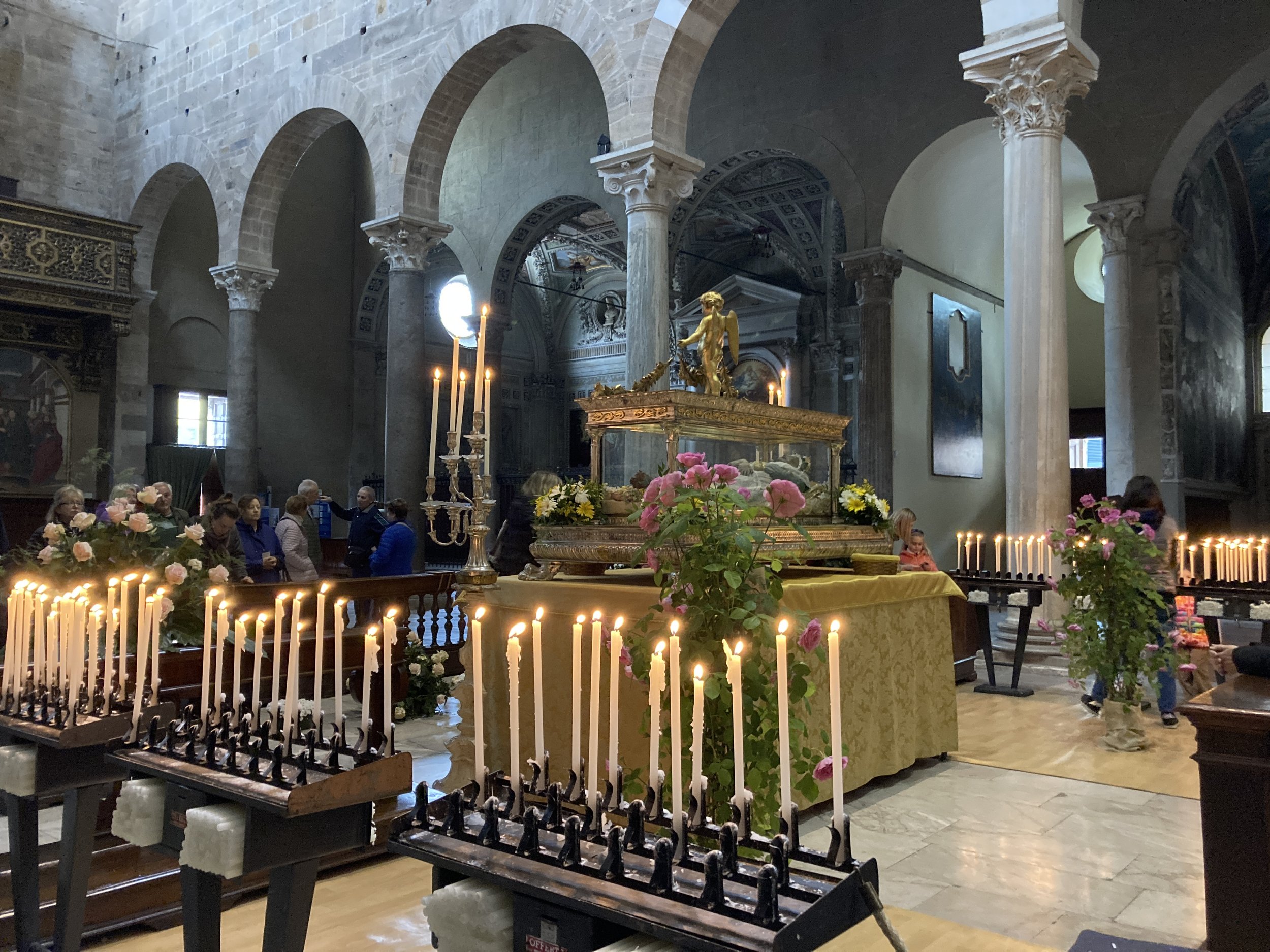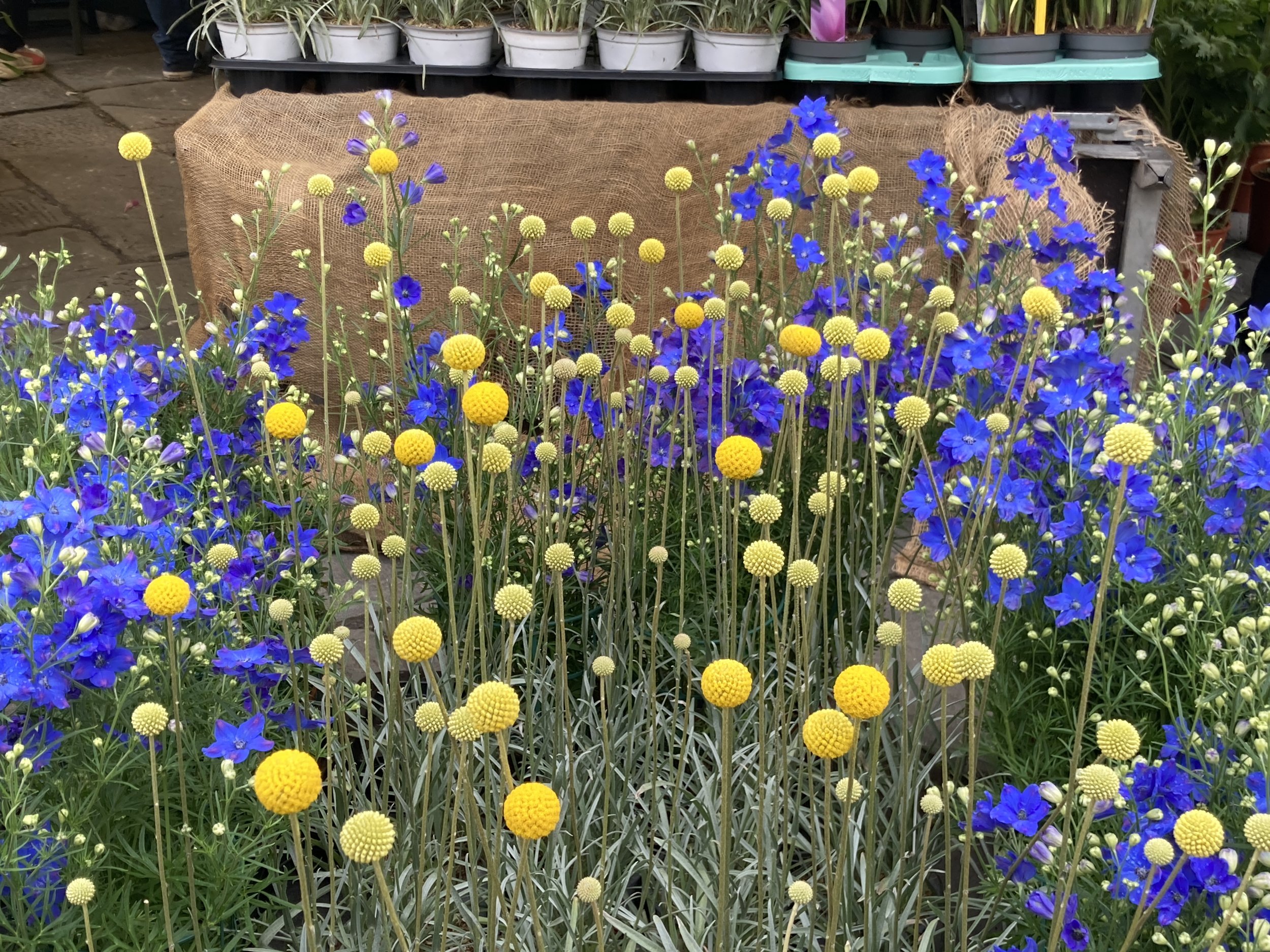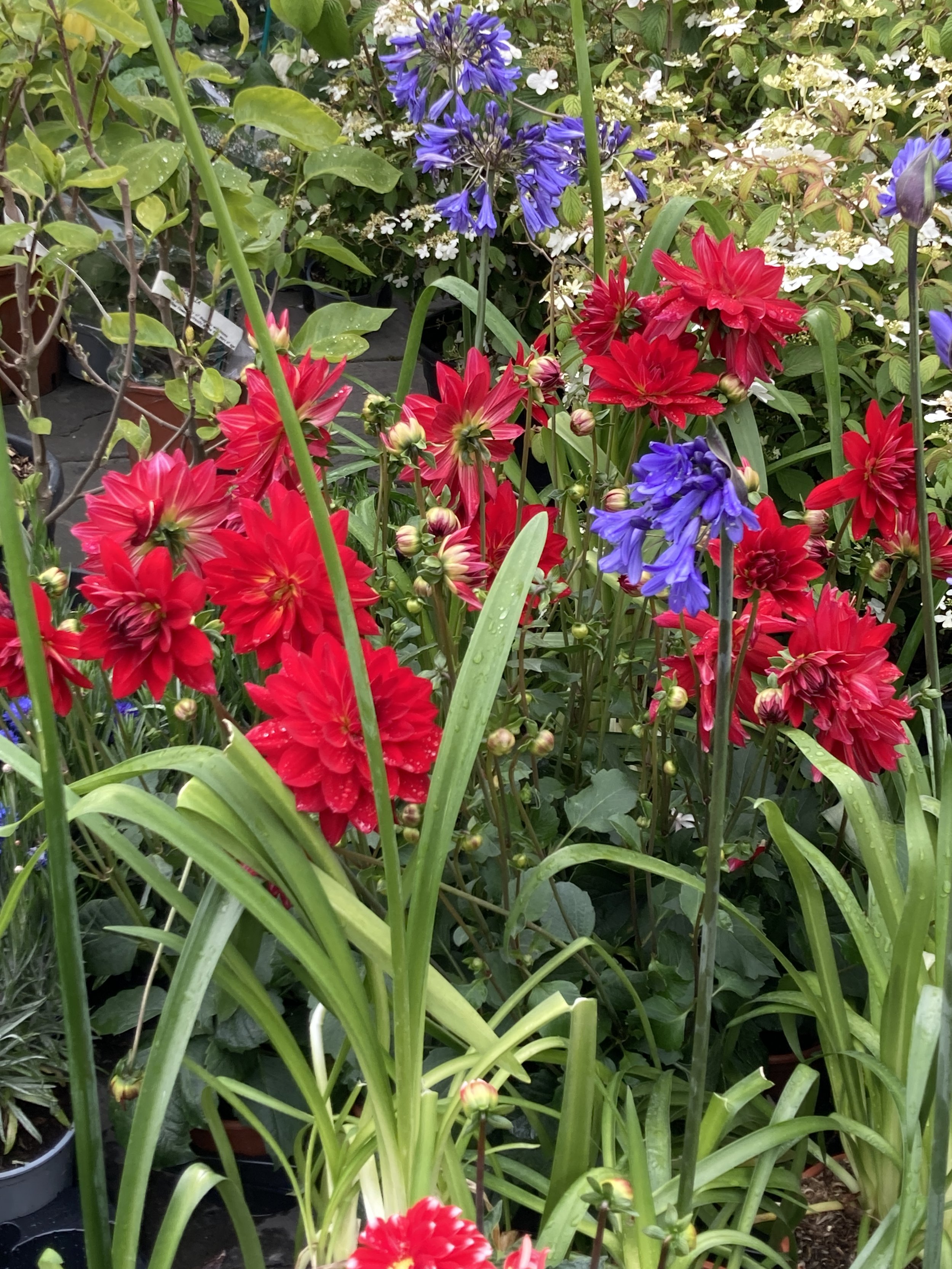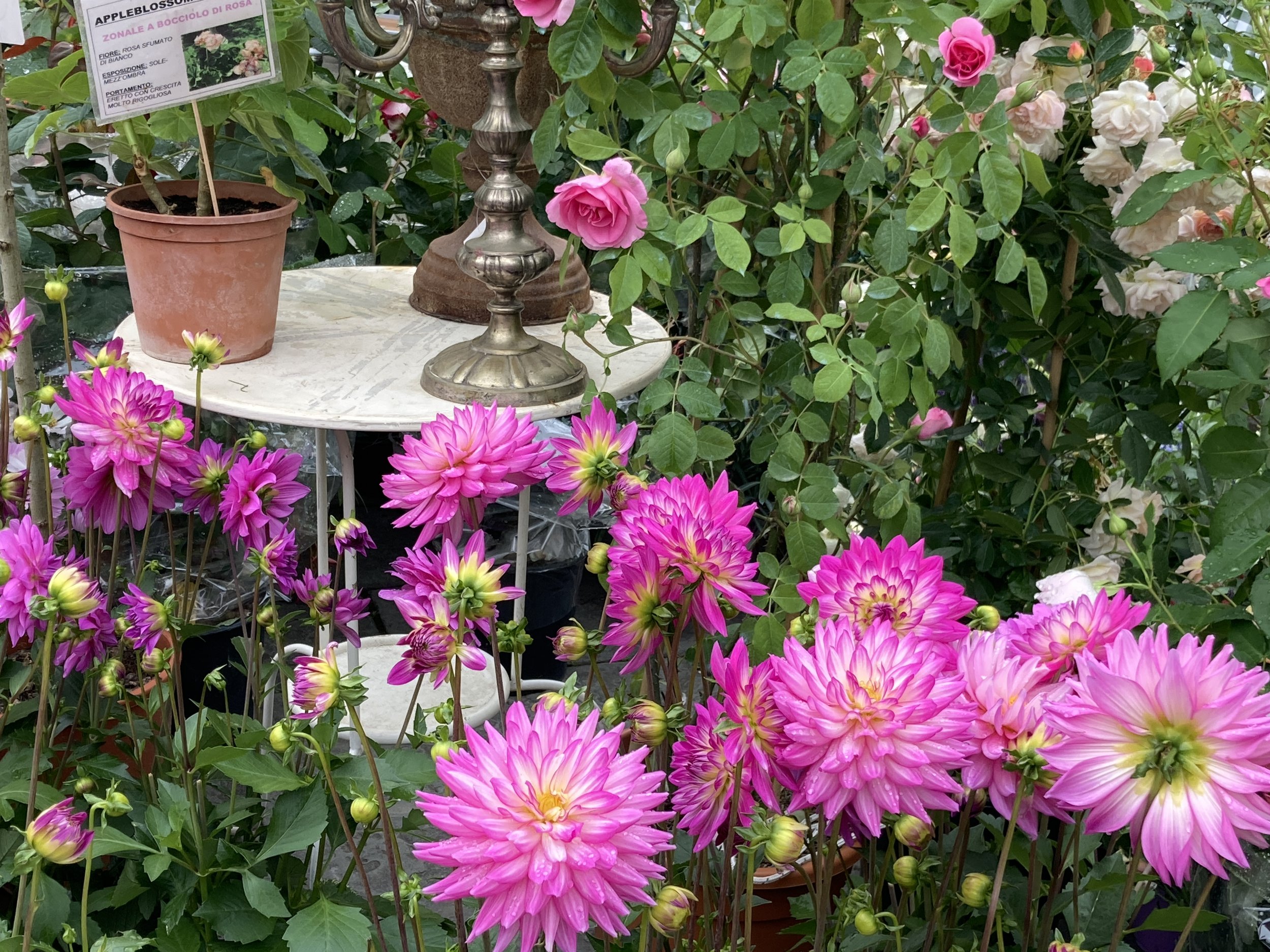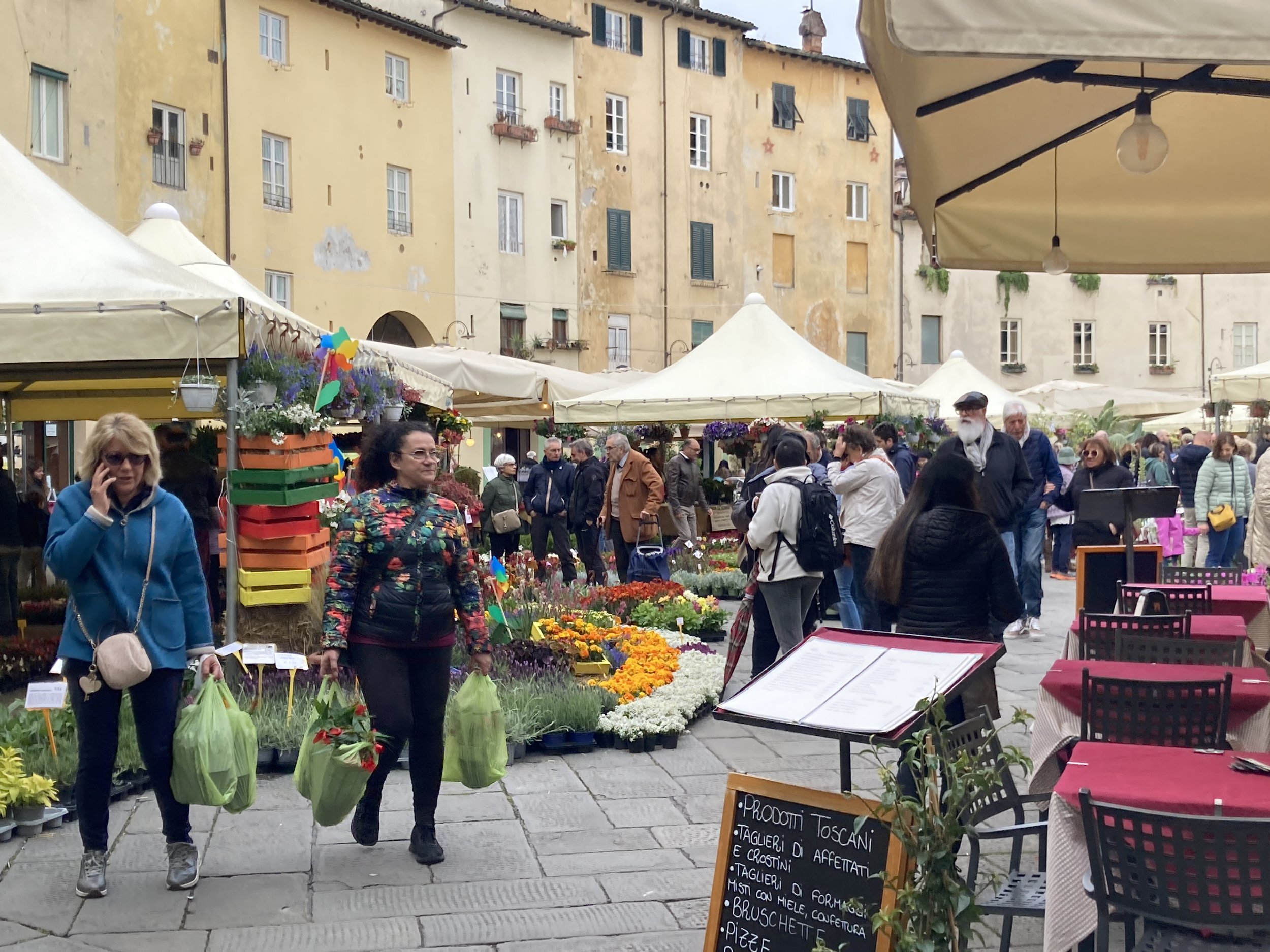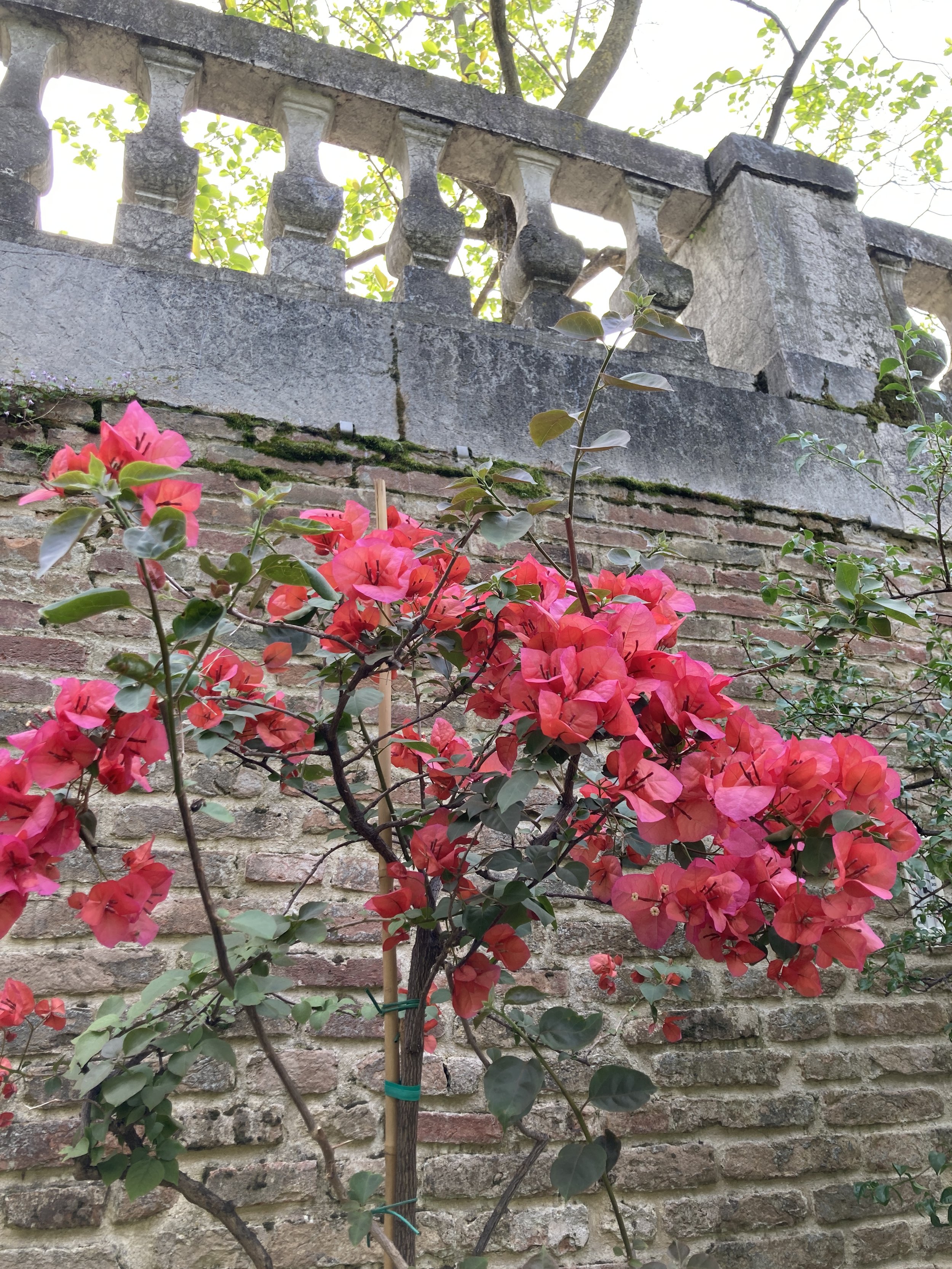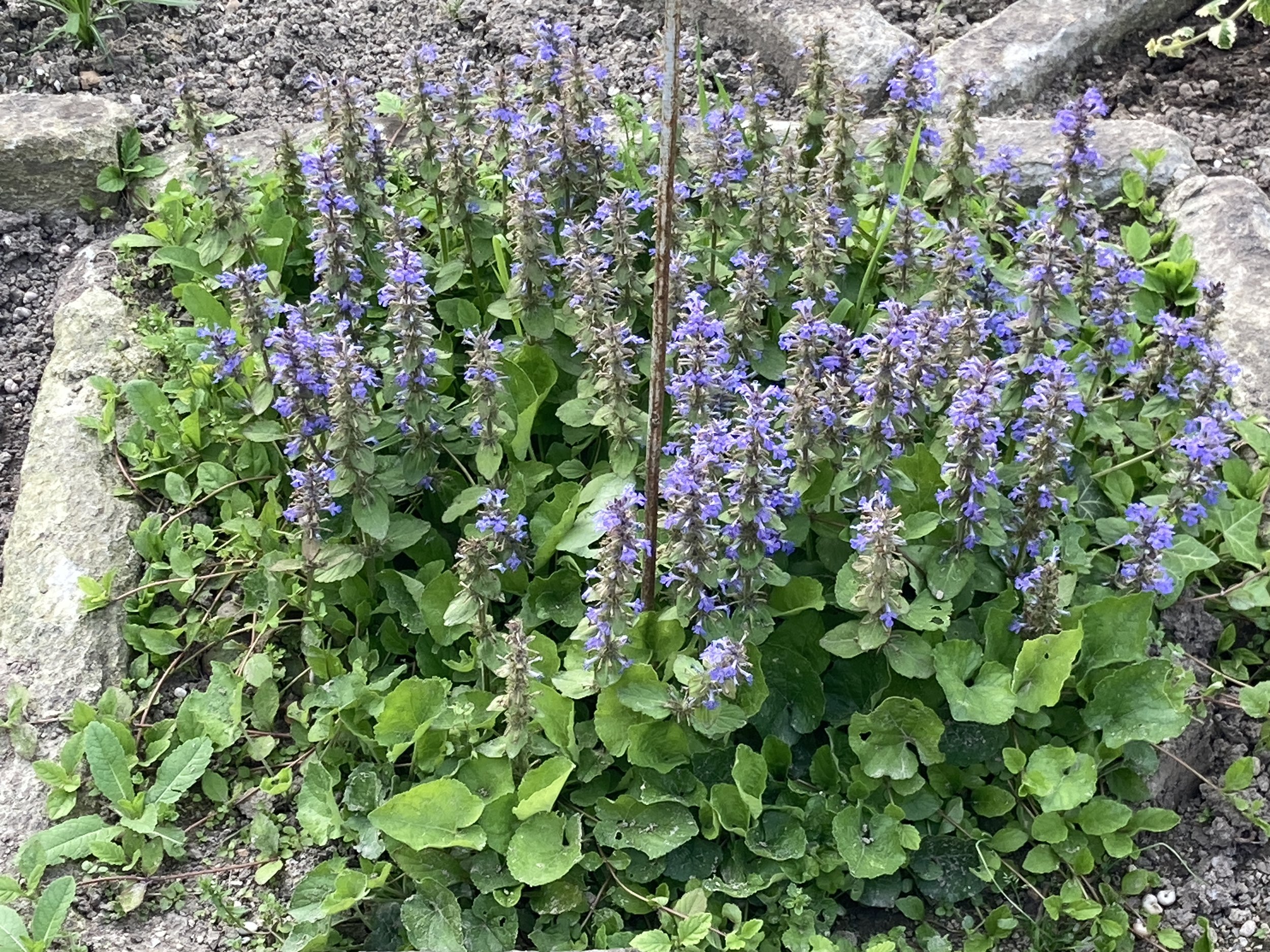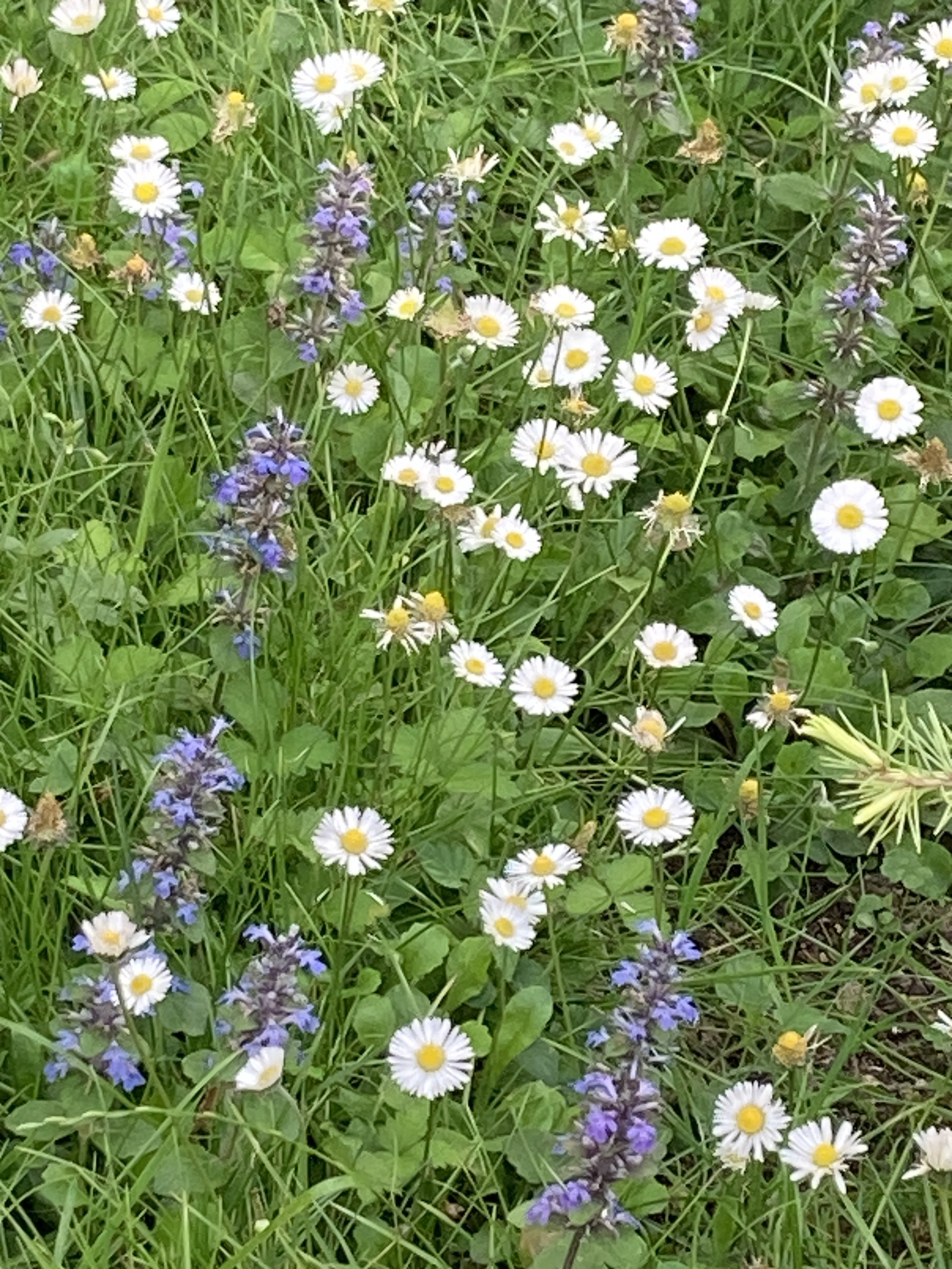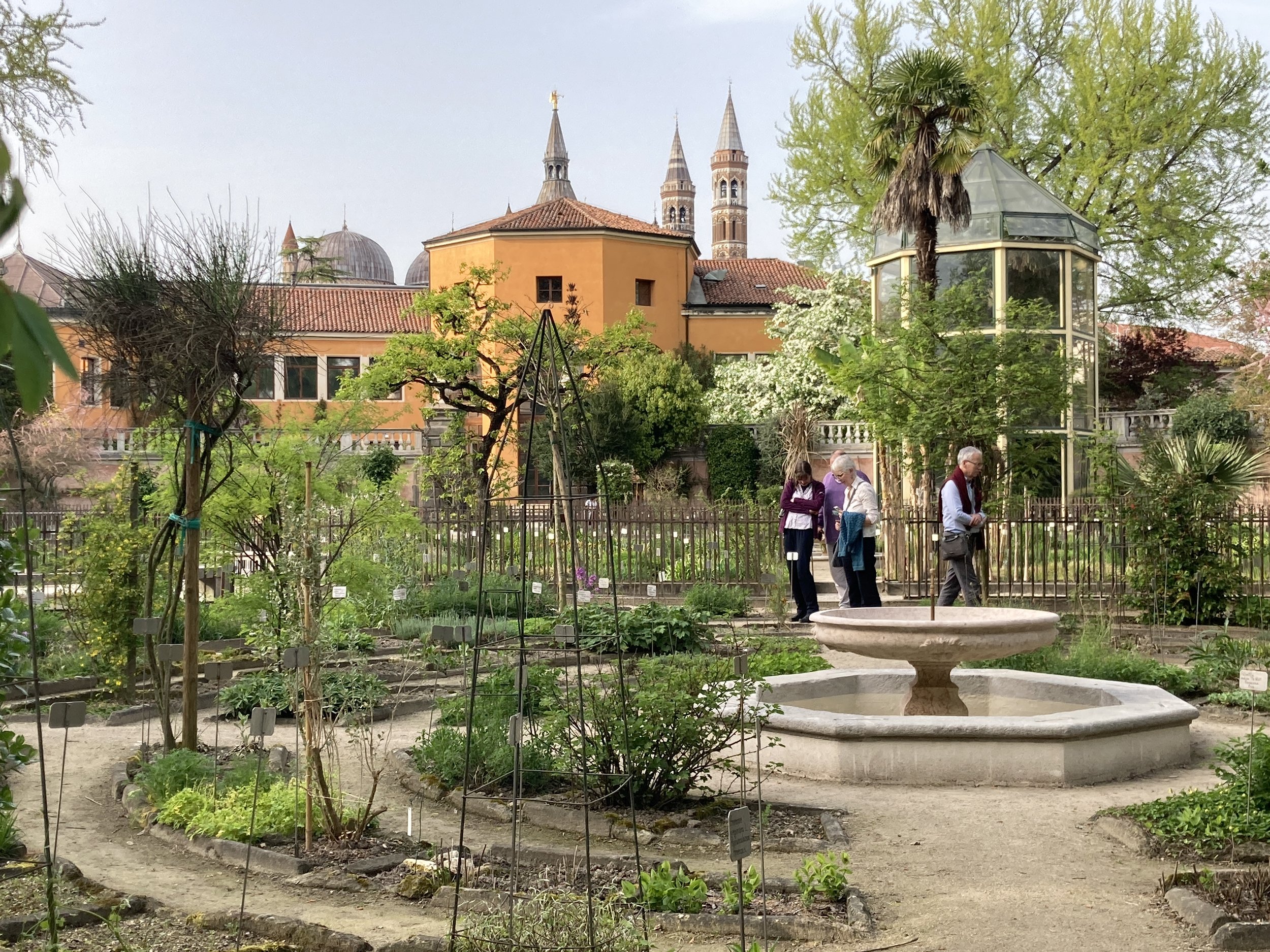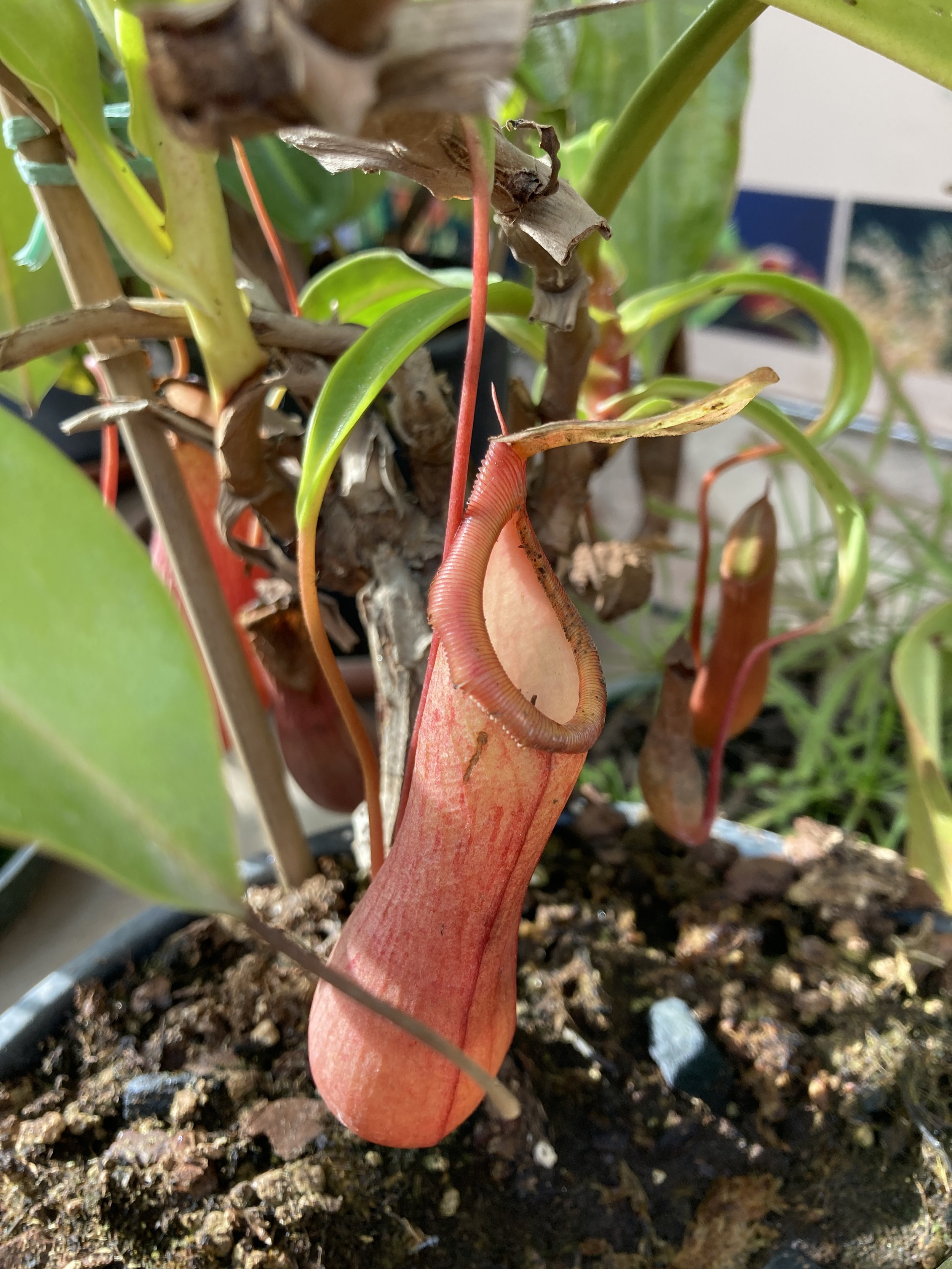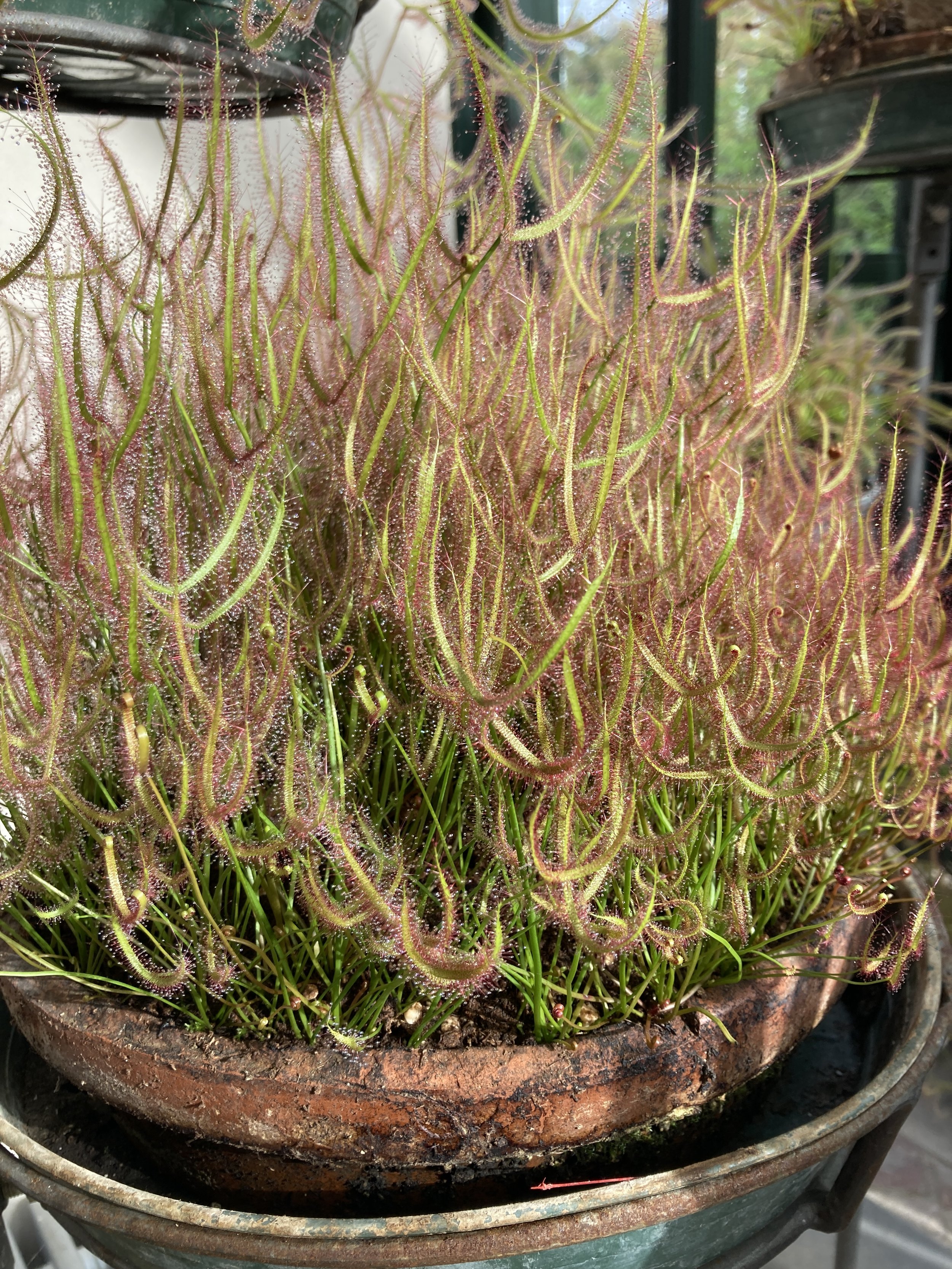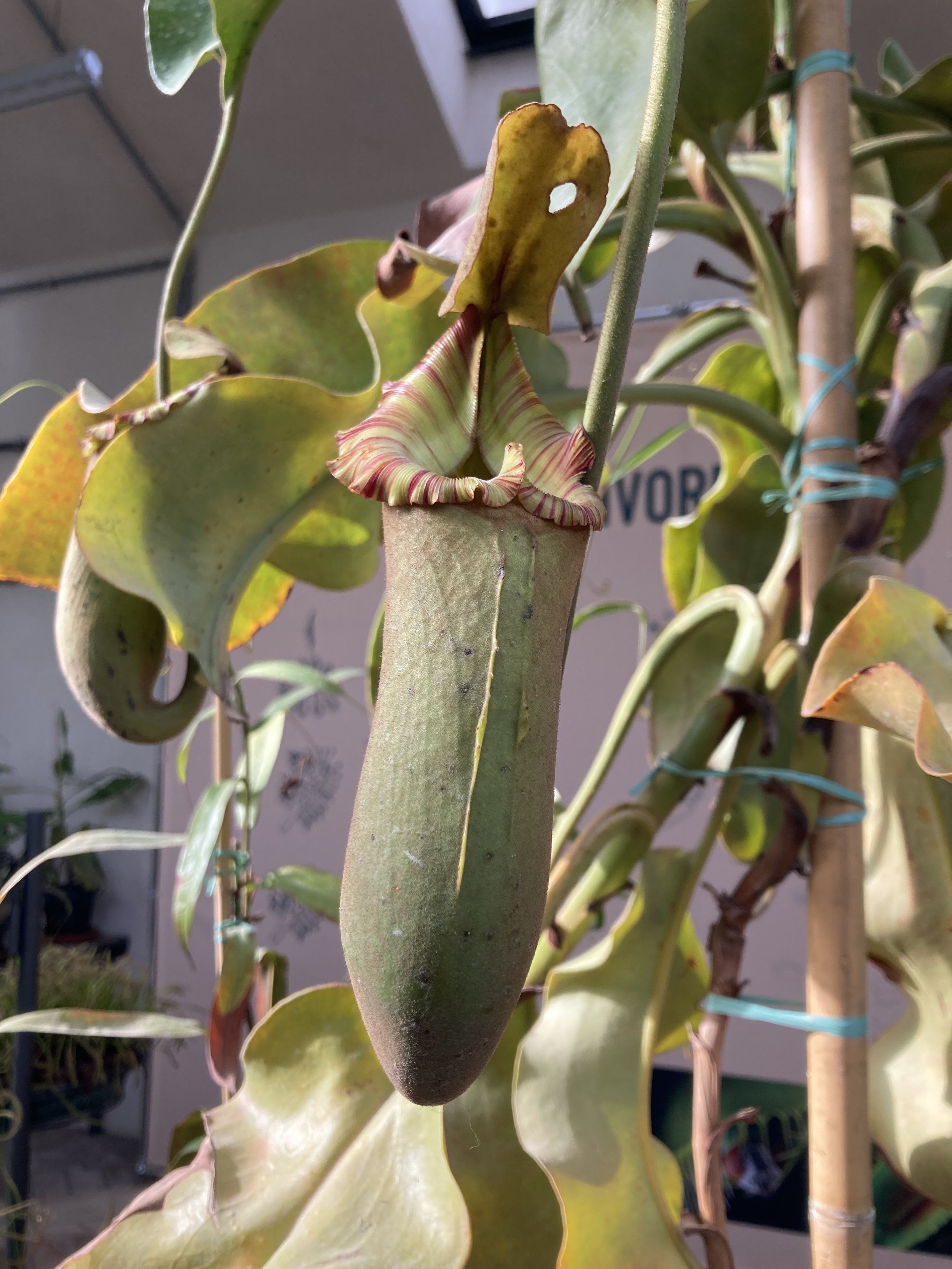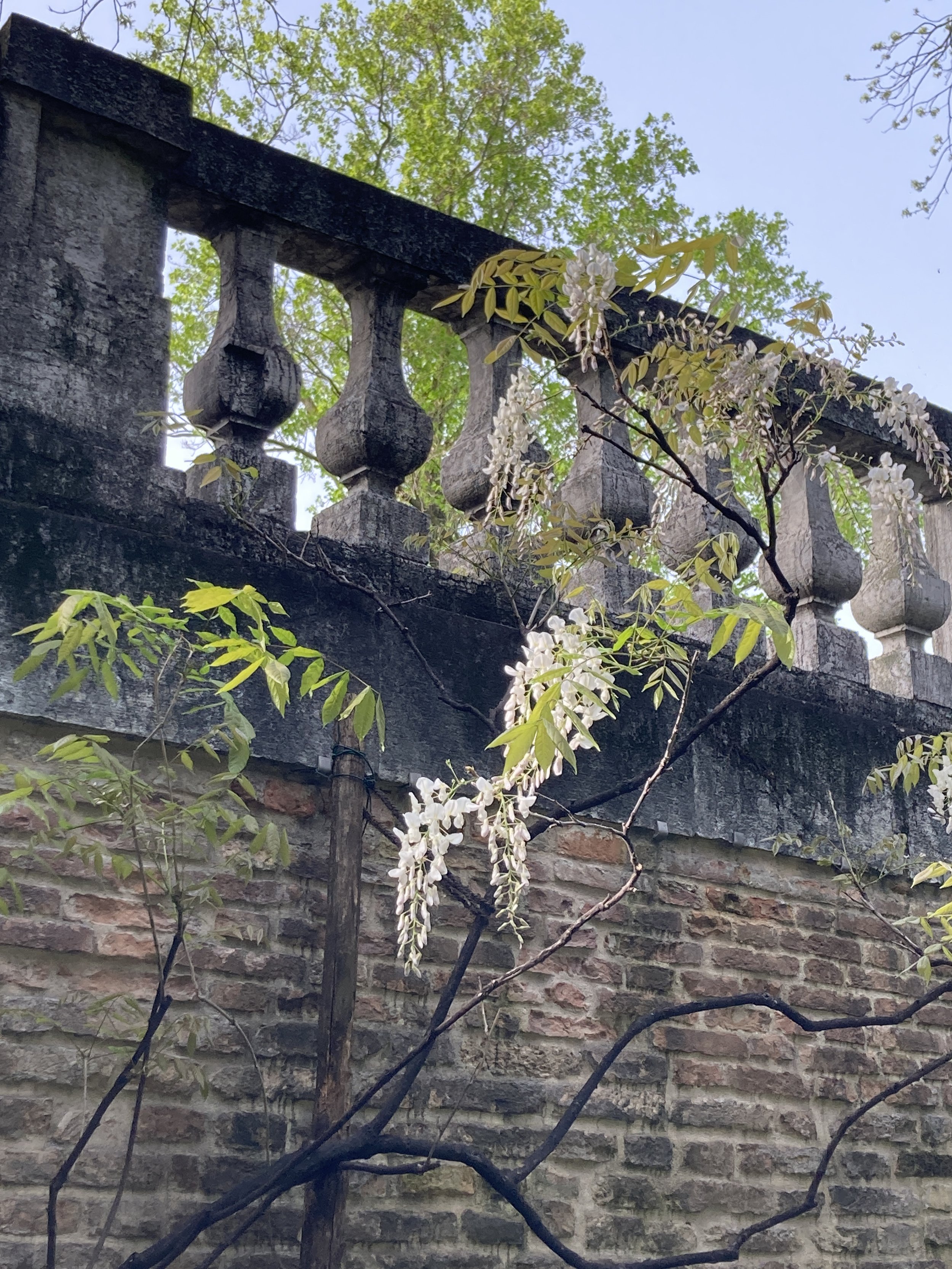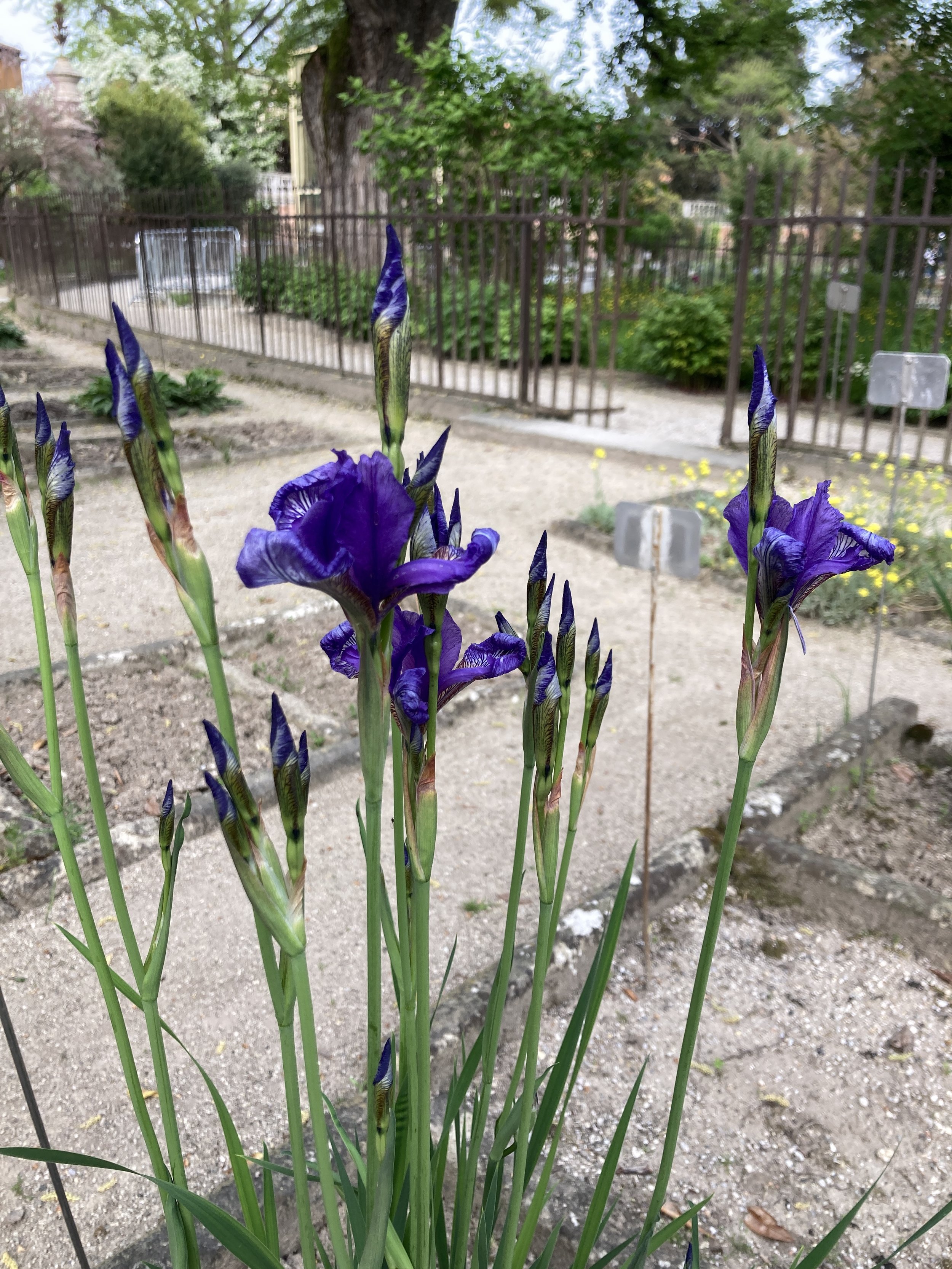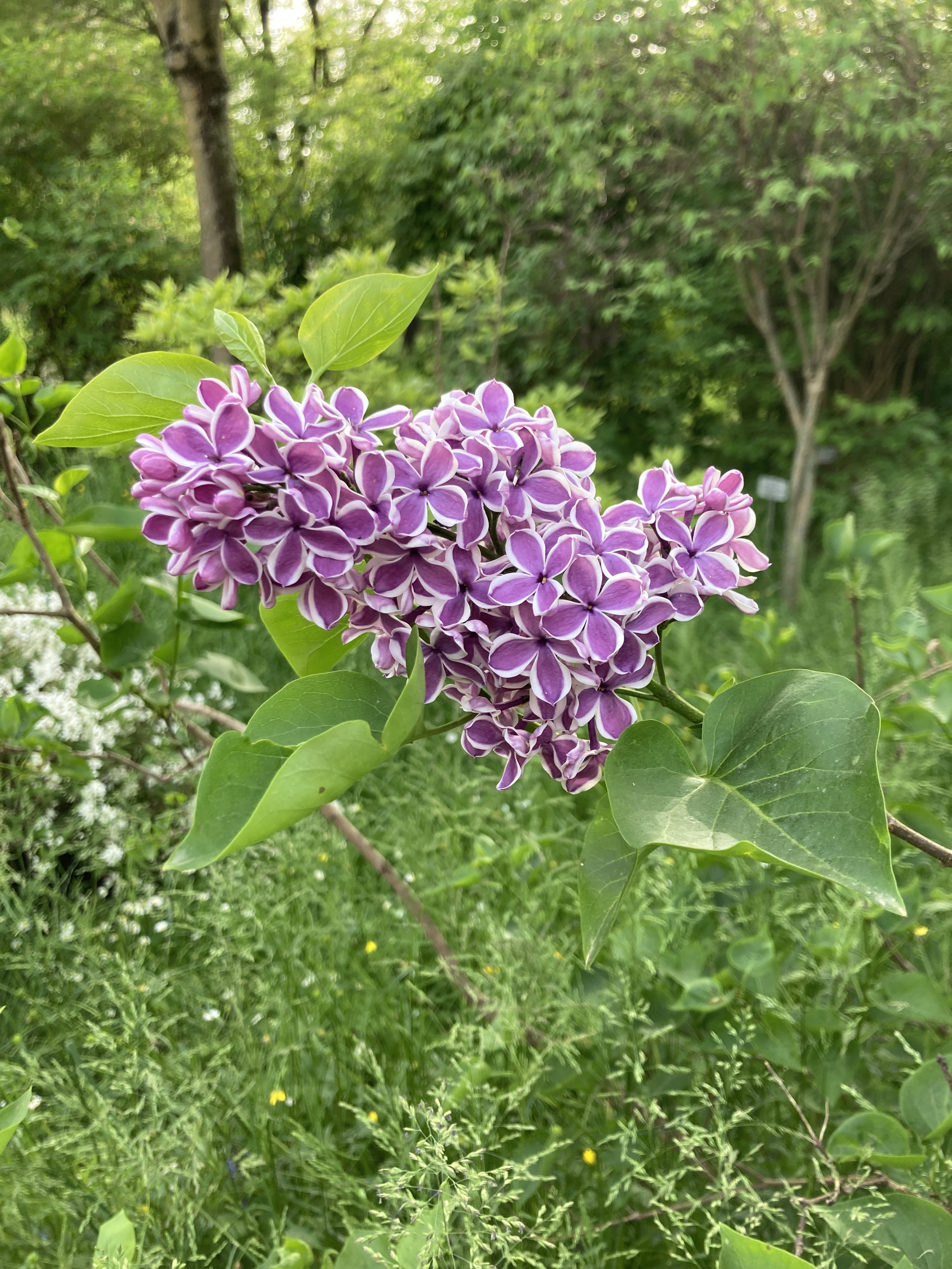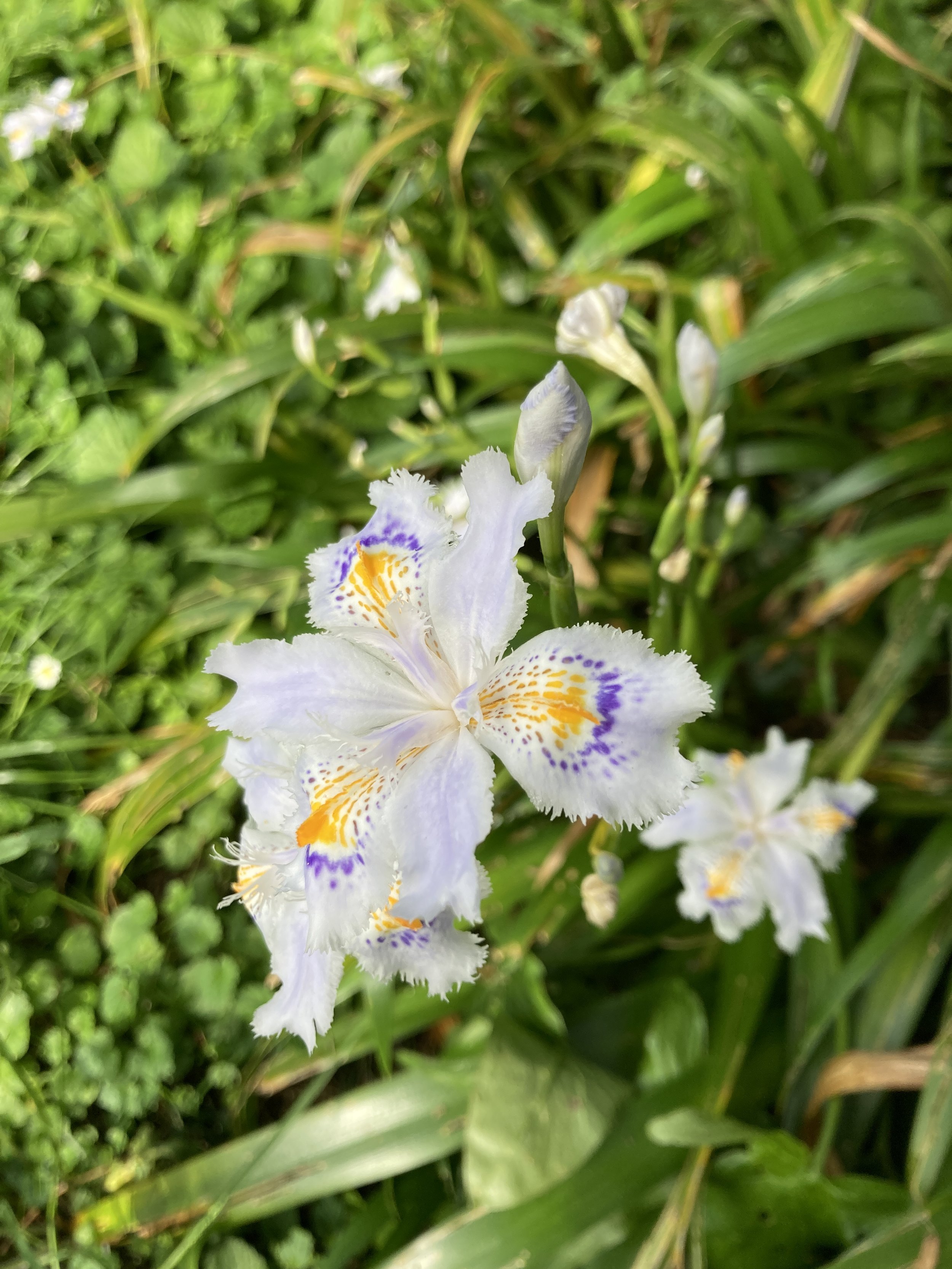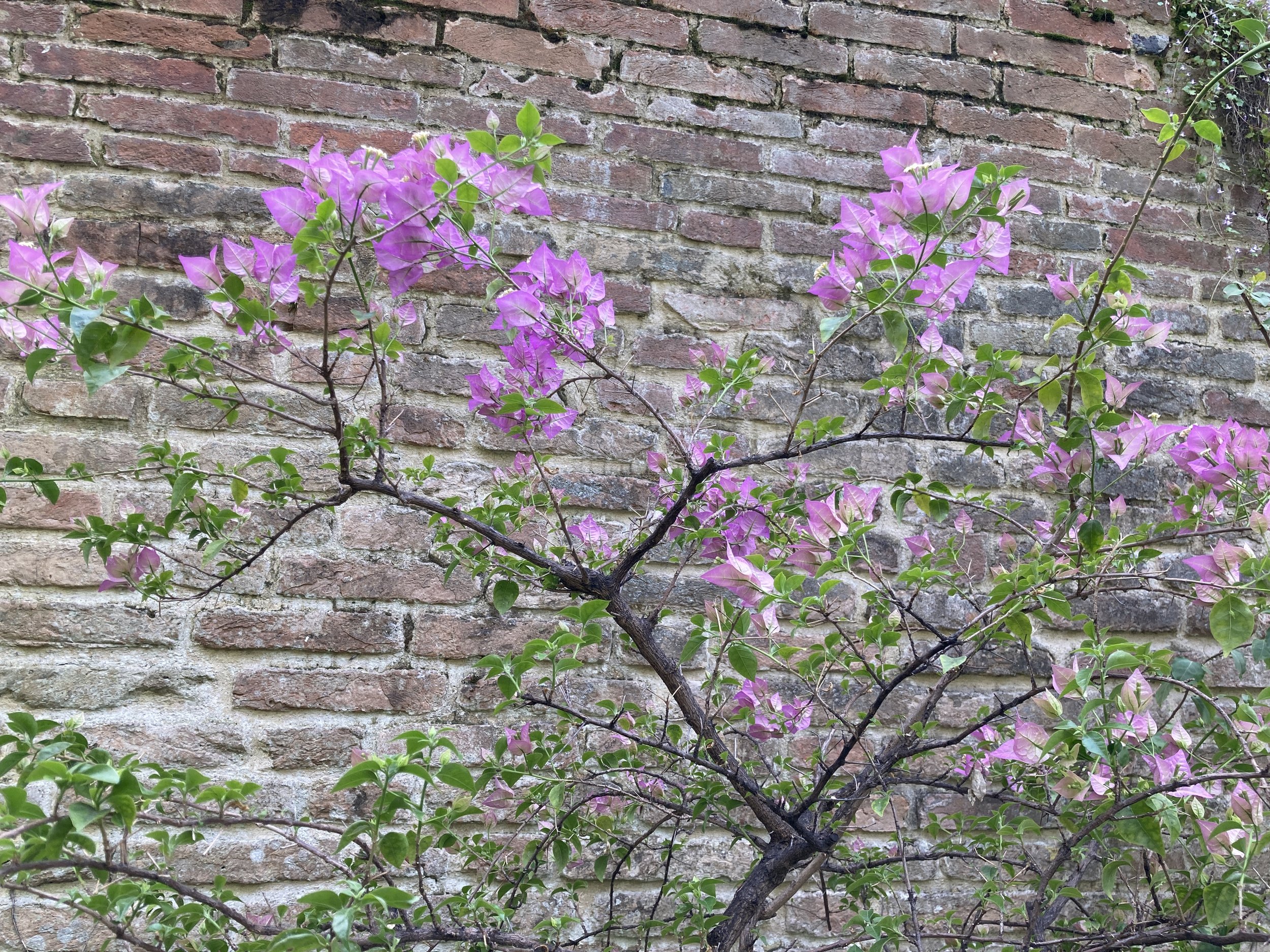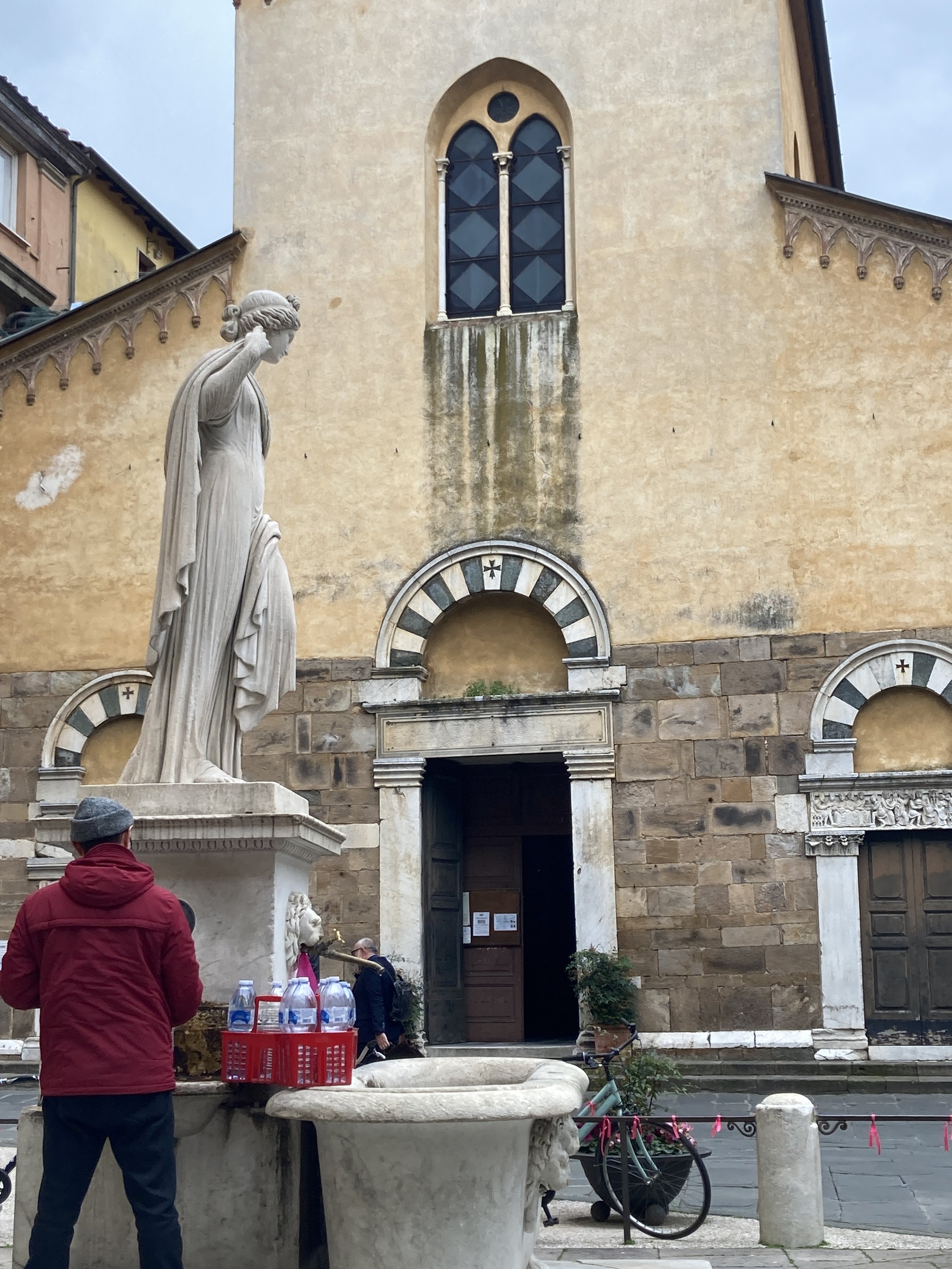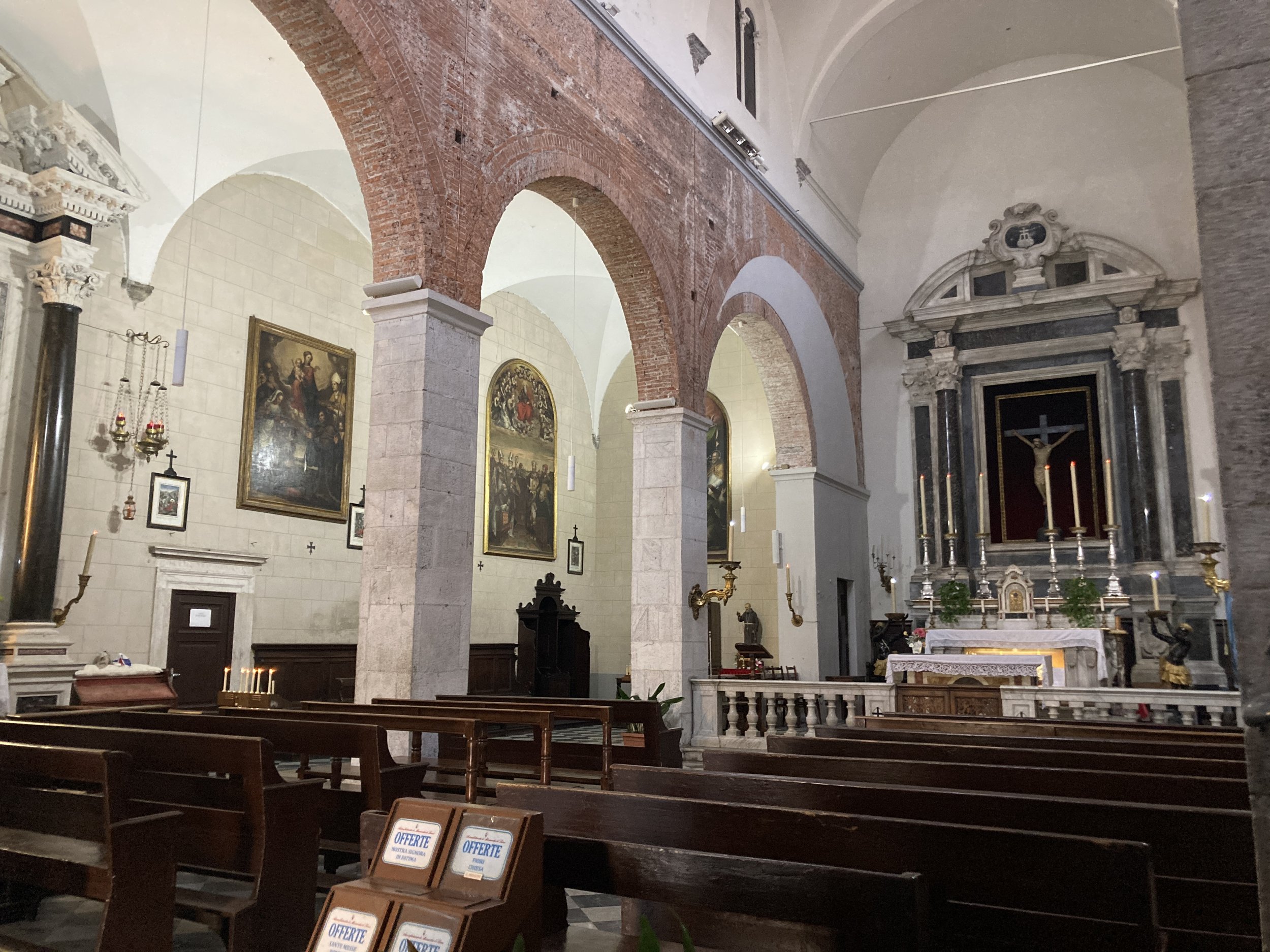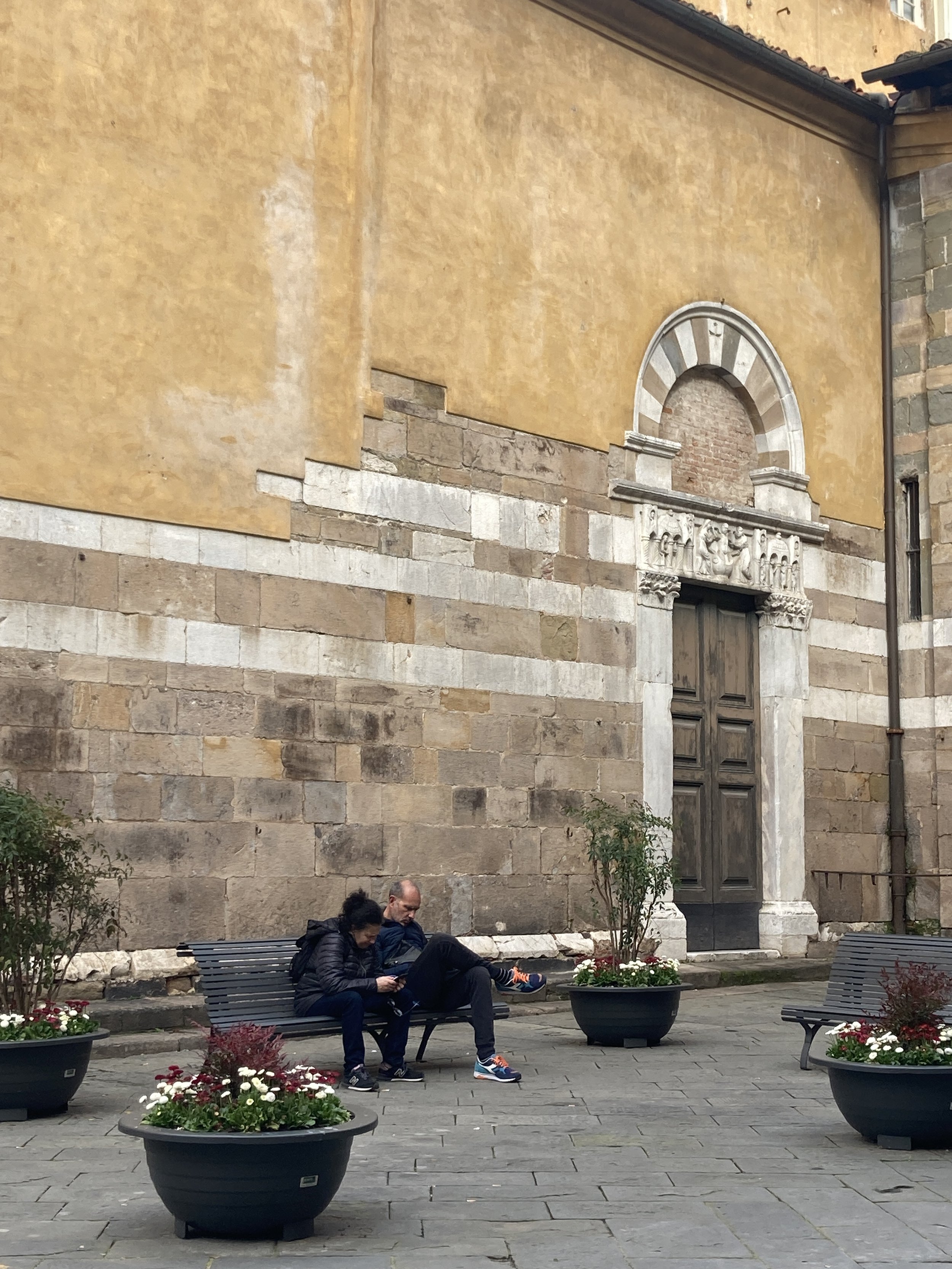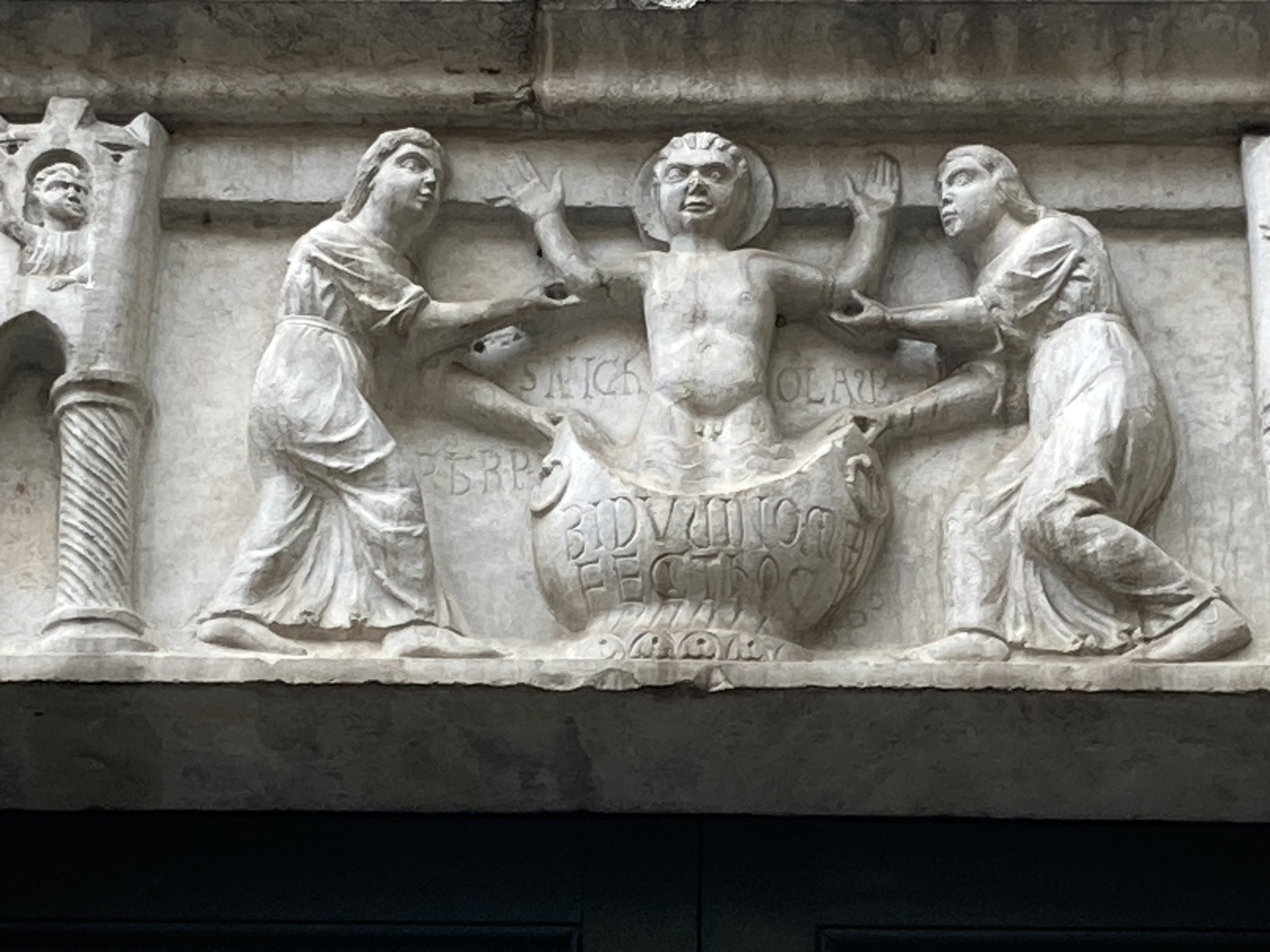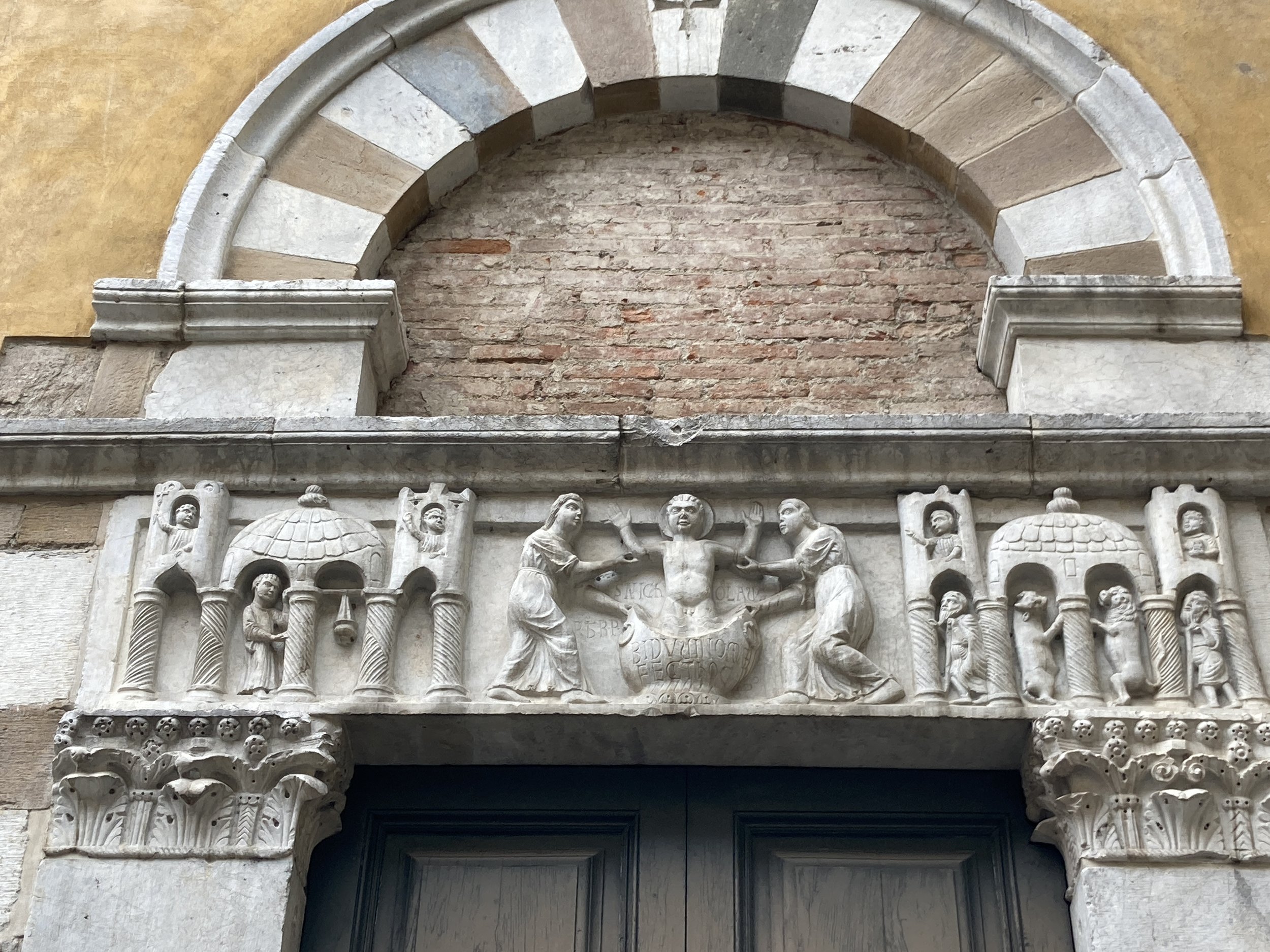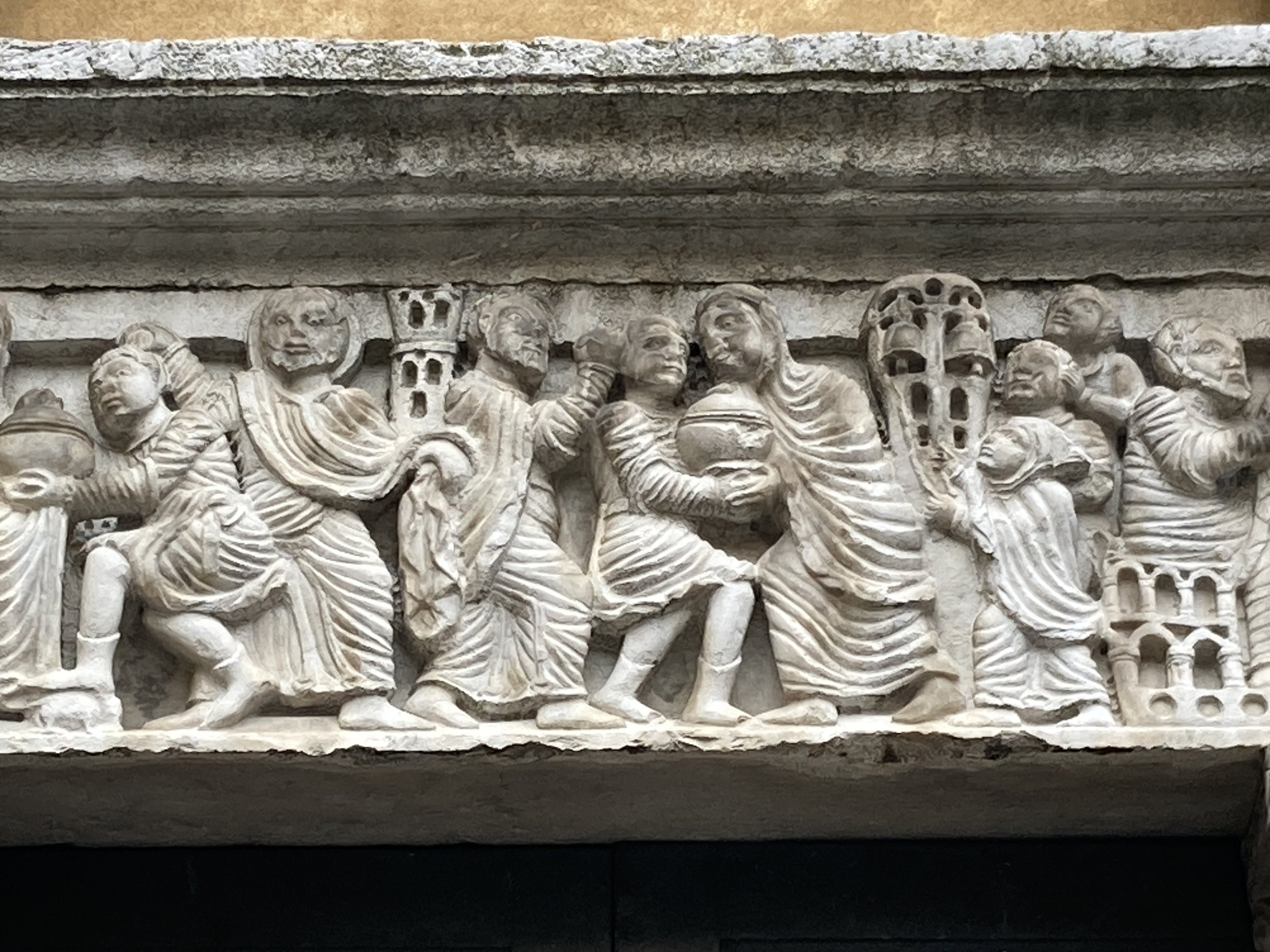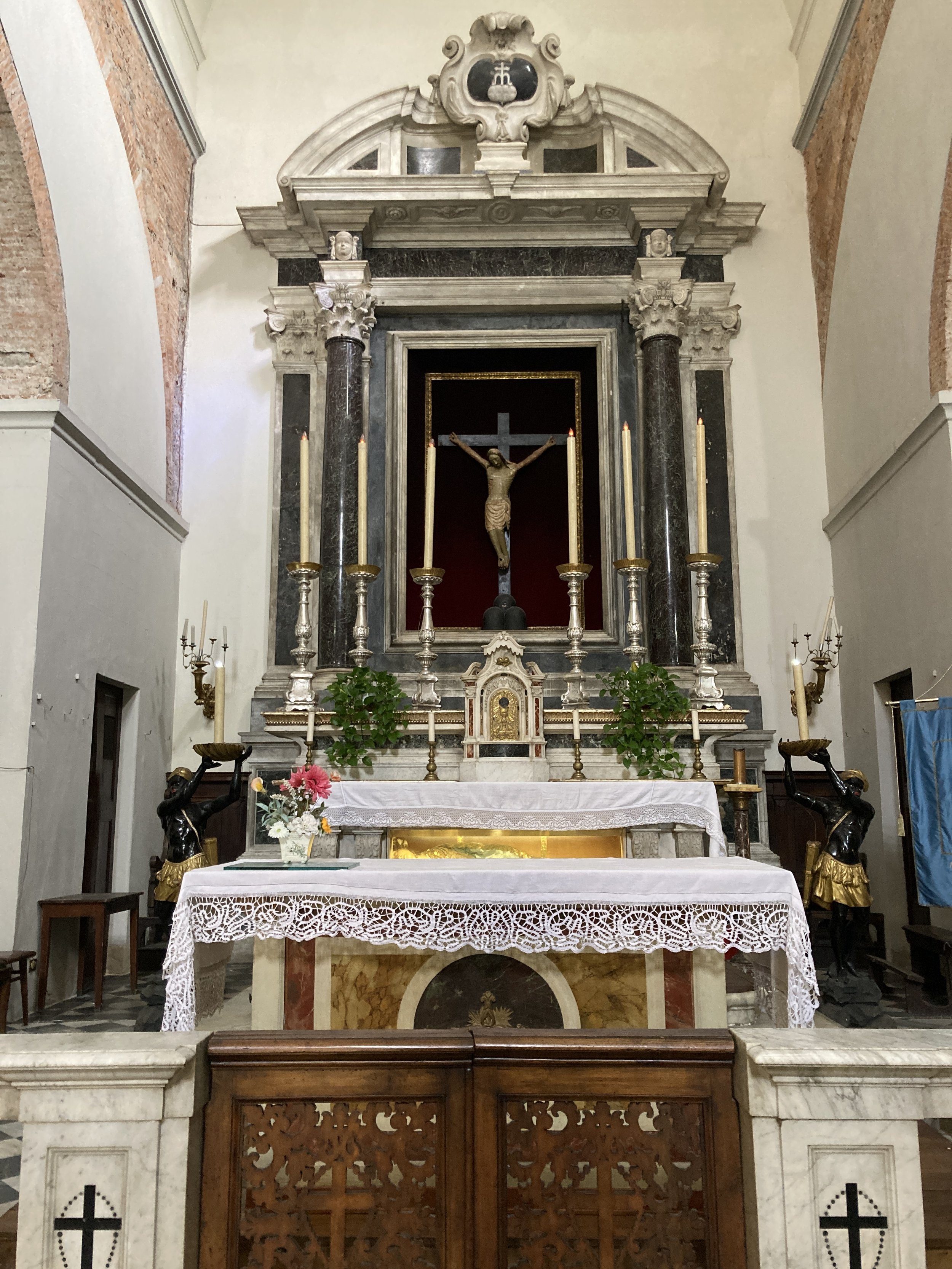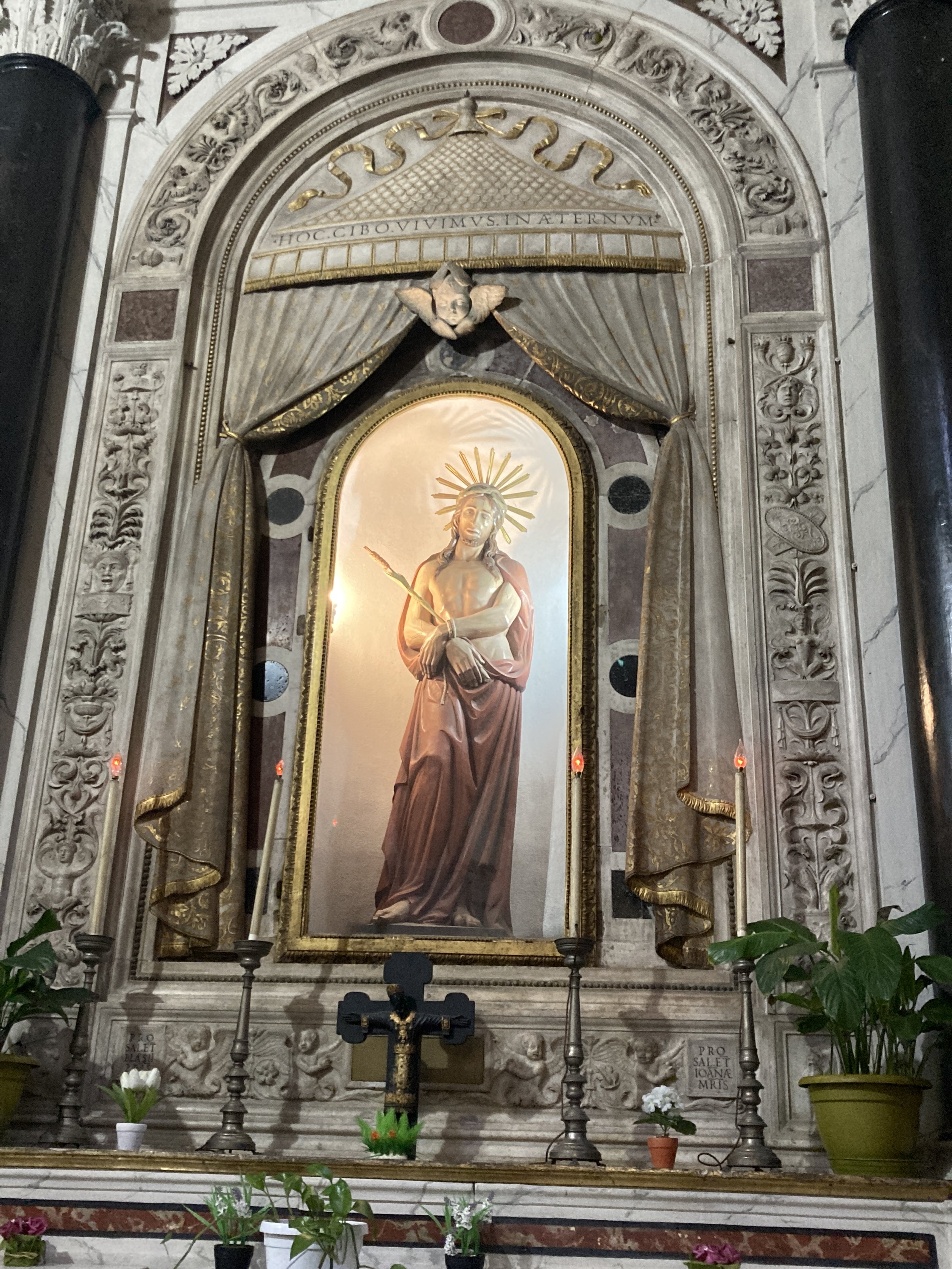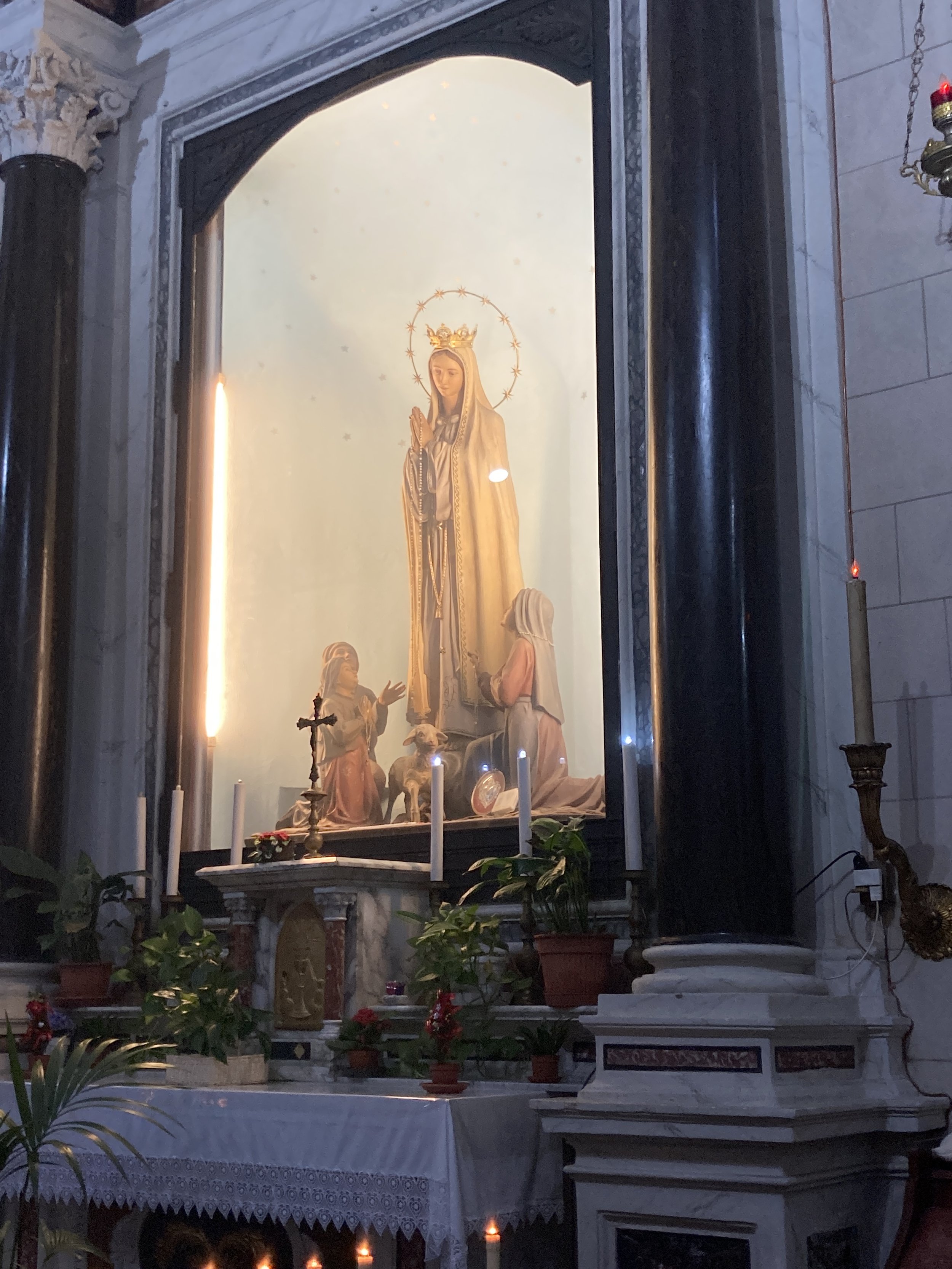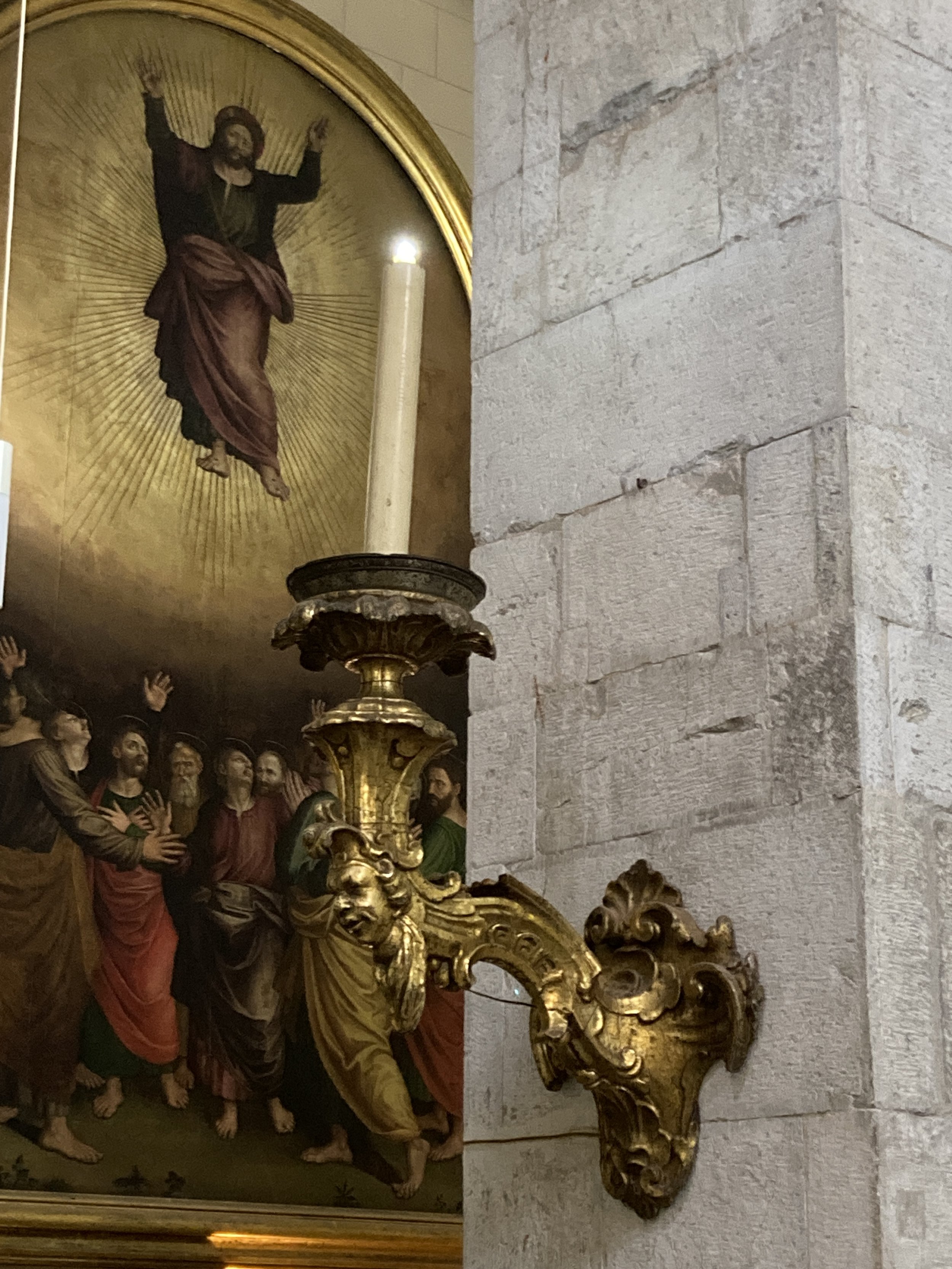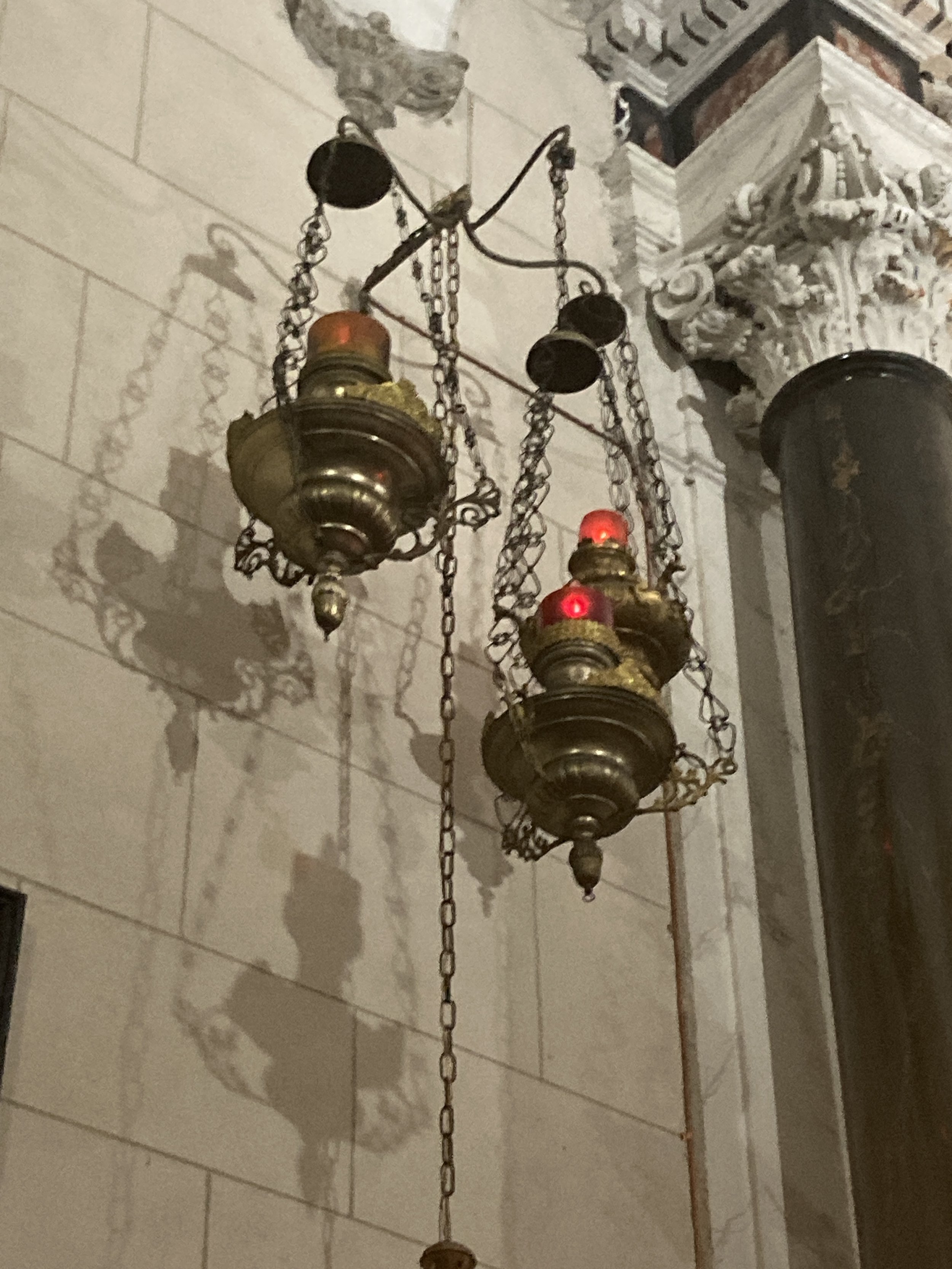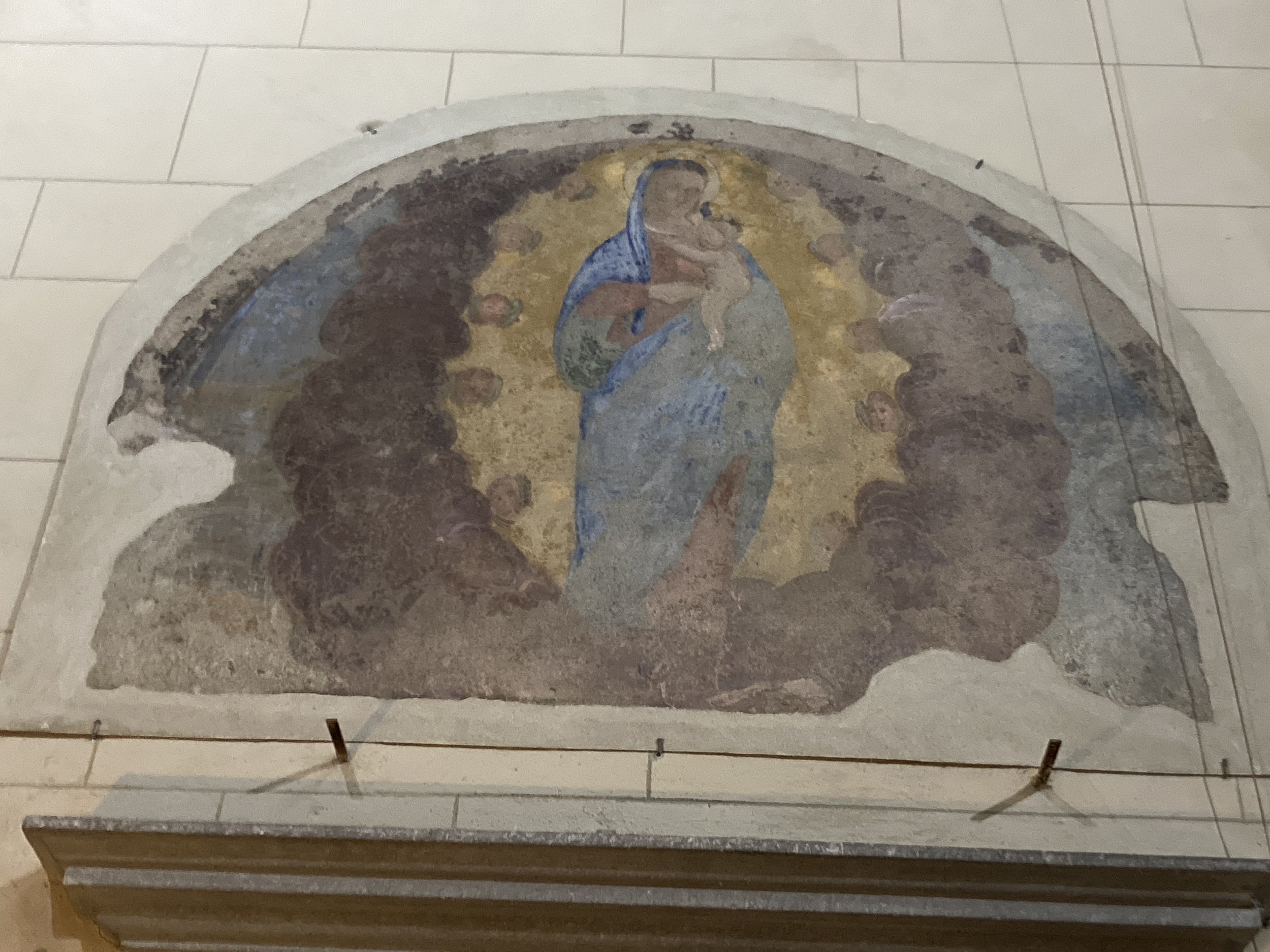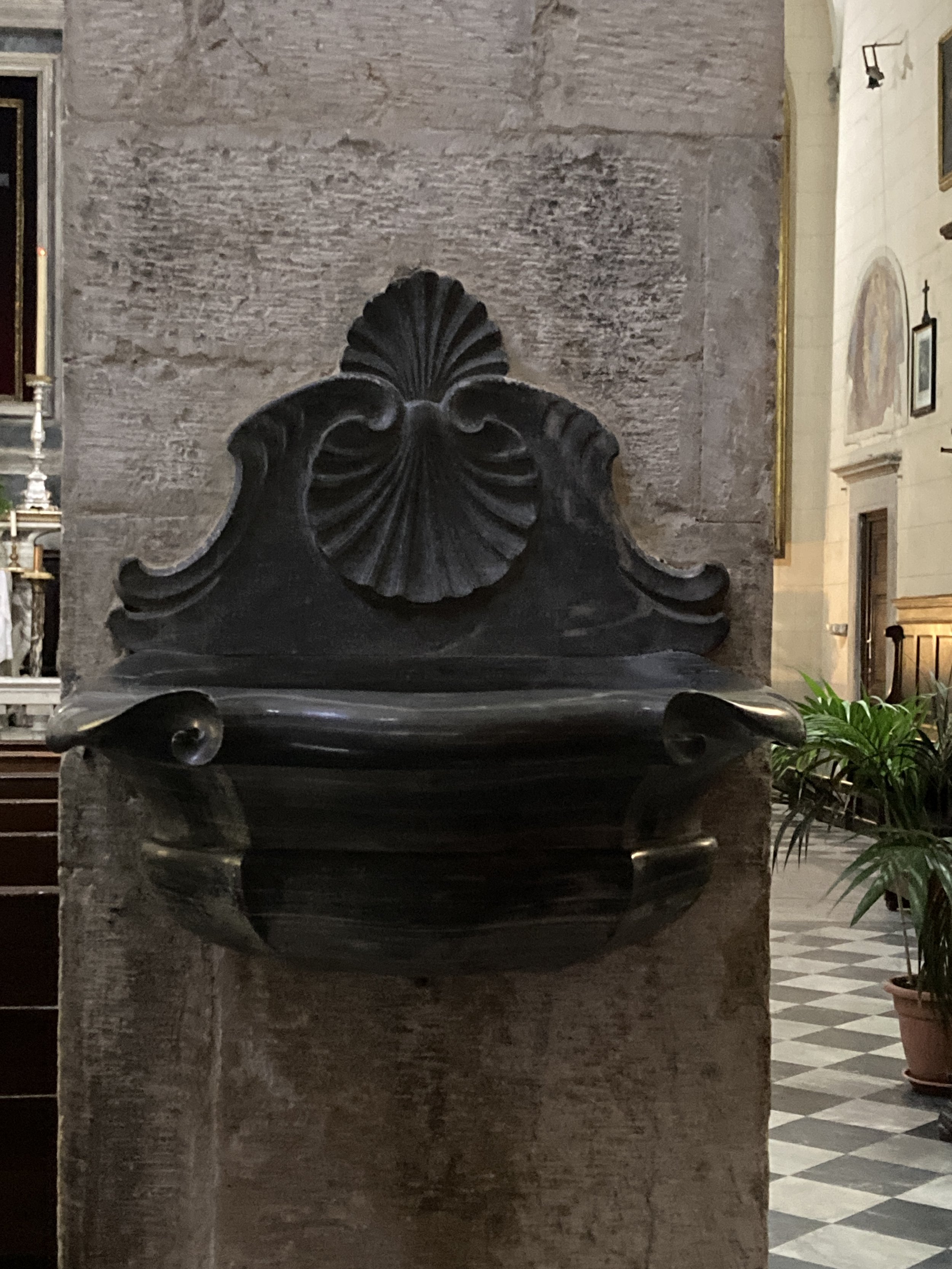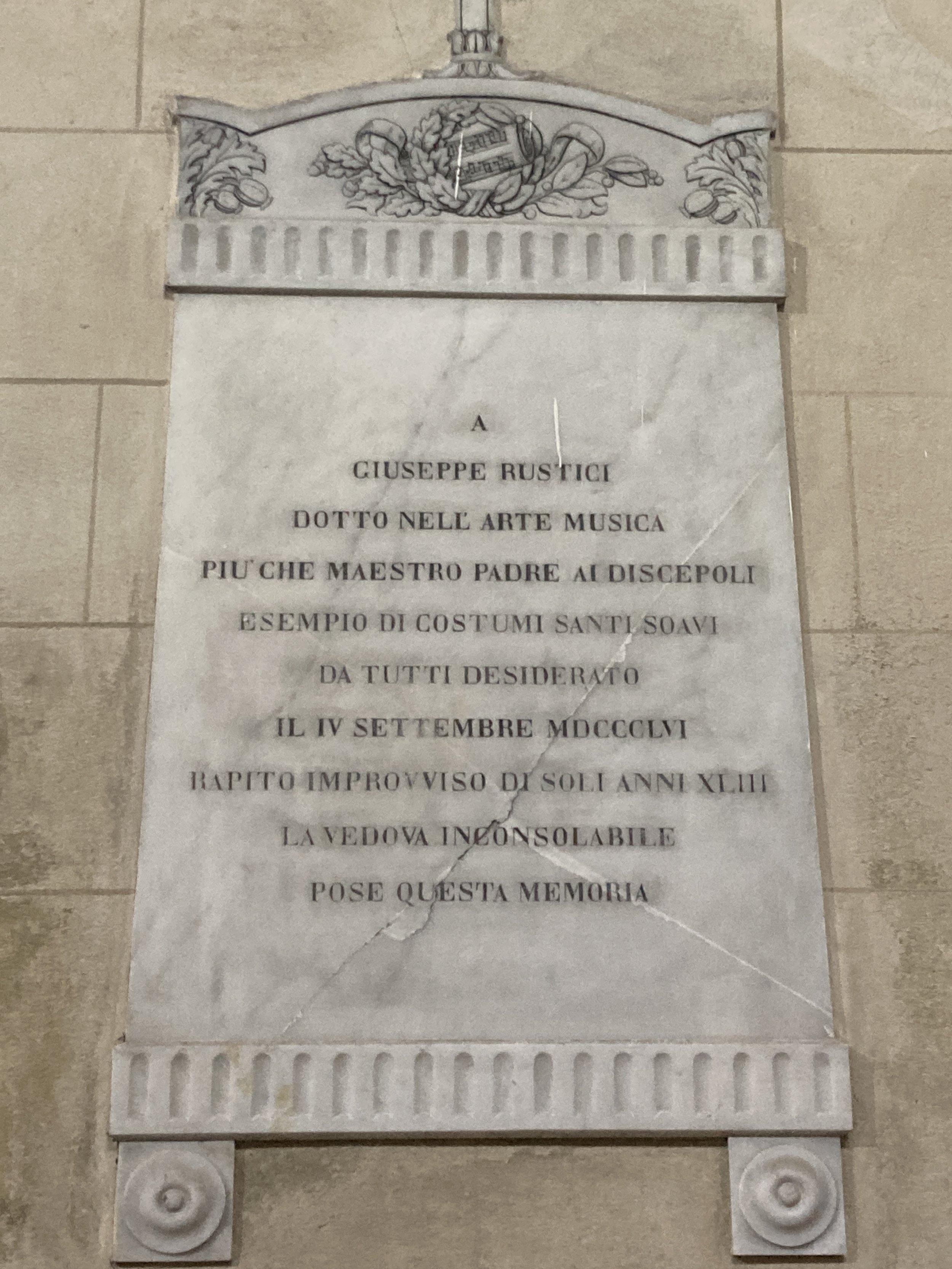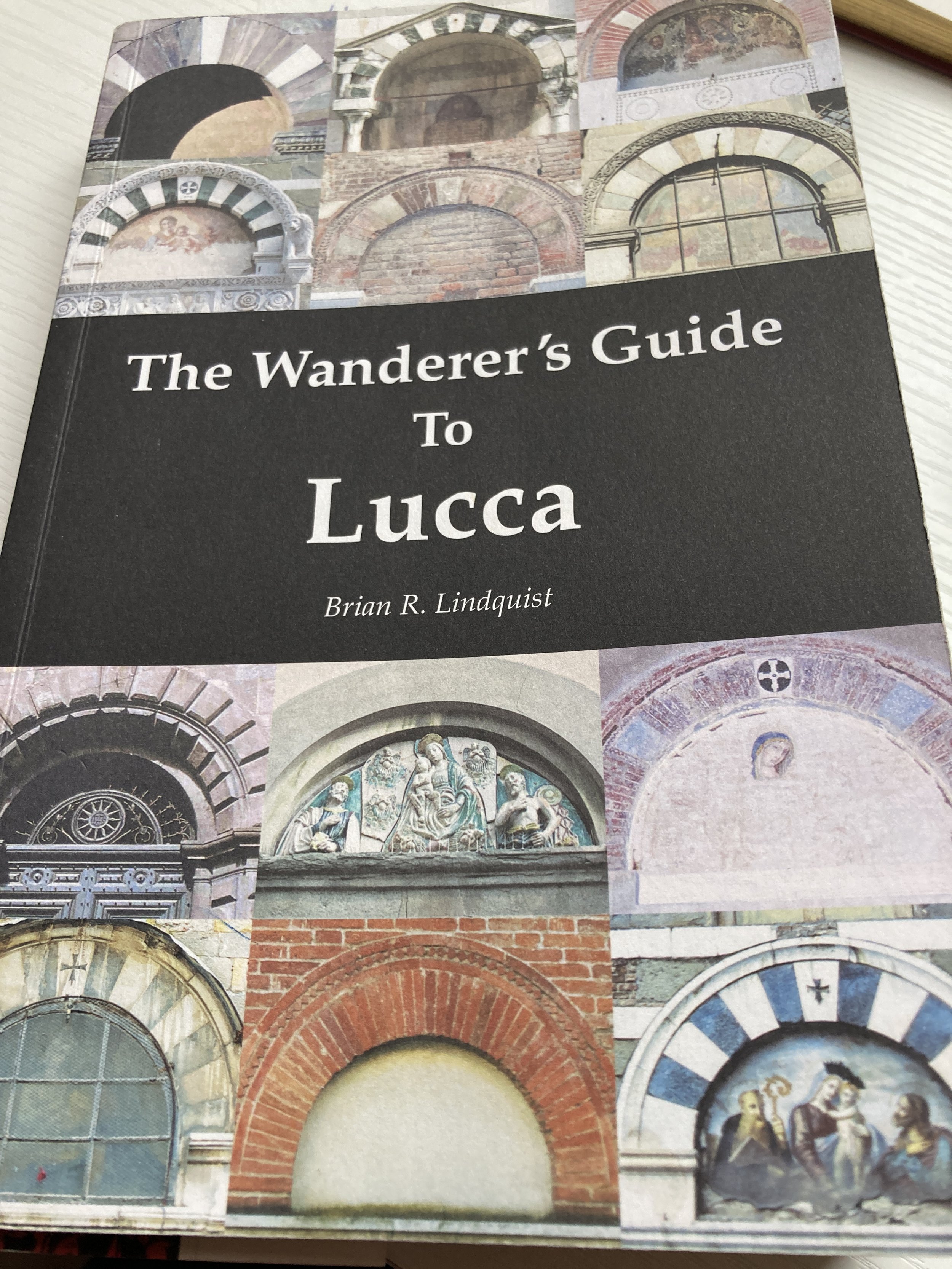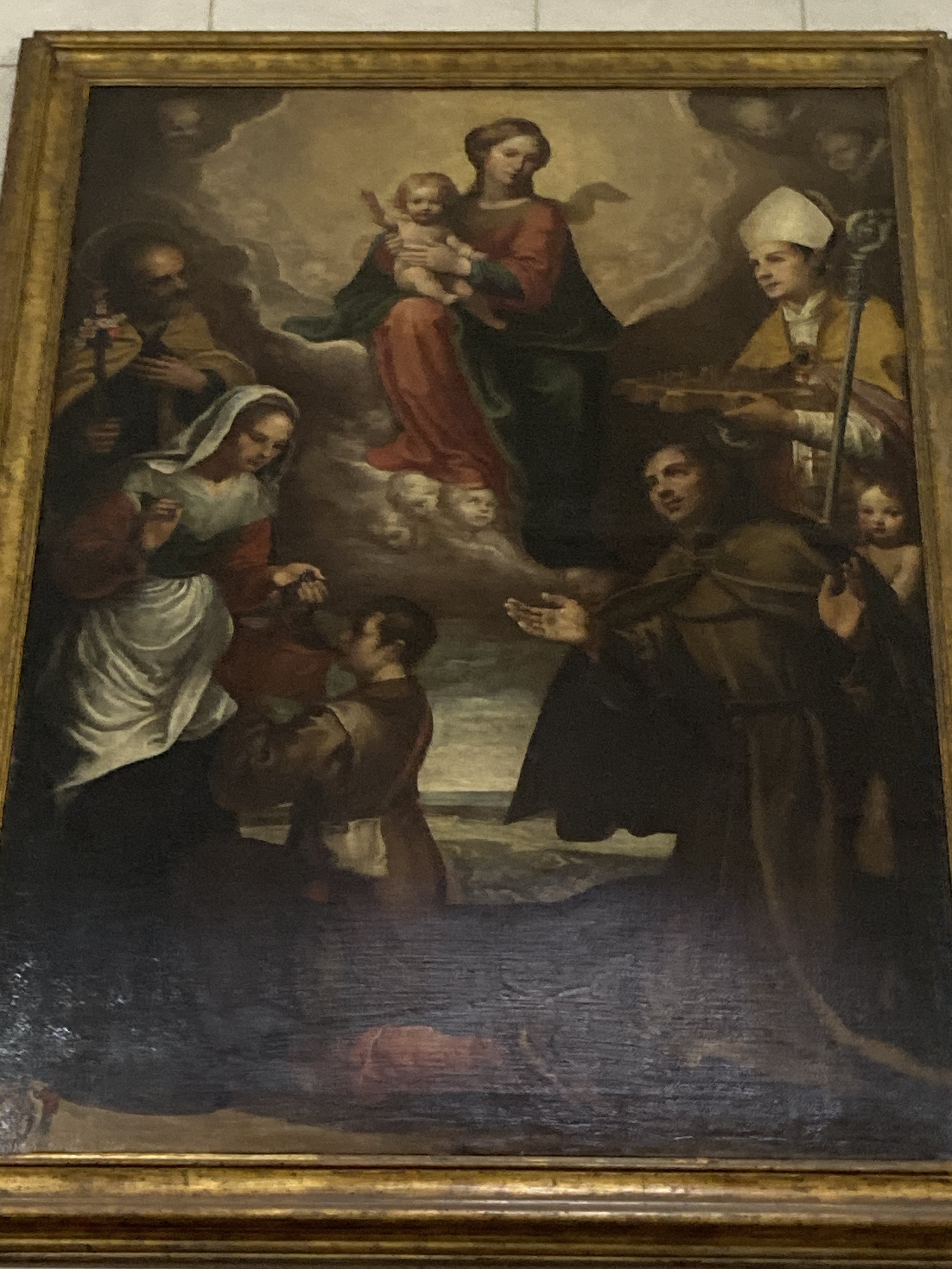Brenta Canal Part One: The Journey
A vintage drawing of a the Villa di Oriaggo along the Brenta Canal
Beginning in the 15th century, the merchants and Noblemen of the Venetian Republic (long before Italy as a unified country came into being) began to acquire property on the mainland west of the Venetian Lagoon.
The land they developed was used for farming and later for building summer homes and grand villas. Having a villa along the “Brenta Riviera” was quite fashionable for well-to-do Venetians.
The Brenta Canal, a stretch of the Brenta River between Padua and Venice, was the waterway used to move people and goods from the lowlands of Venice up river to Padua. The canal was modified with a series of locks, some built to a design first developed by Leonardo Da Vinci, to allow boats to make the uphill trip.
Imagine rowing across the Venetian Lagoon in one of these boats and then being pulled up the Brenta Canal by horses! Sadly, there are no surviving examples of a Burchiello as all were destroyed when Napoleon came to power in Venice.
Two types of boats travelled the canal. The first, a burchio, carried goods. The second, a burchiello was an ornate boat designed to ferry Noblemen in grand style from Venice to their summer homes on the mainland along the Brenta canal. The boats were rowed across the lagoon and then pulled by horses up river, passing through a series of locks and under several moveable bridges.
The tradition of spending summers along the Brenta Canal ended in 1797 when Napoleon arrived and the Venetian Republic fell. Sadly, all of the Burchiello boats were destroyed. We have only drawings but no actual boats to see. Today, a different kind of burchiello travels the canal between Padua and Venice. Modern motorized boats carry tourists on day-long trips to experience the canal and tour several of the Villas along the route.
The boat for our excursion, named the Burchiellino, tied up at the Villa Foscari
The modern route still uses the old locks to climb up (or down) the 10 meter change in water level along the canal. The boats pass under several sliding bridges and swing bridges – some still operated by hand.
Along the route are scenes of life along the Brenta canal.
The trip passes by a series of the villas along the way. Some are sadly in need of repair, some have been adapted for use as restaurants or hotels, and some remain as beautiful and well tended private residences. A few (lucky for us!) are open to the public. (photos below all taken from the boat on a cloudy day)
On the day-long cruise, with the company Il Burchiello, we were able to visit 3 historic villas – Villa Pisani, Villa Widmann, and the Palladian masterpiece of Villa Foscari. More about the villas in an upcoming post.
Contact info: Il Burchiello www.itburchiello.it. Cost for the full day journey €129 for adults, half day €69
